| Price Per Person || Select By Date to 30-09-2025 |
| No of Person | Moderate | Deluxe |
| Minimum 2 Adults | 149500 | 218500 |
| Minimum 3 Adults | 148235 | 216200 |
| Minimum 4 Adults | 143750 | 205850 |
| Child without Bed | 80500 | 102350 |
This Price Valid From 01-11-2024 To 30-09-2025
- 5% GST Extra on total Billing Amount
| No of Person | Economy |
This Price Valid From 01-01-1970 To 01-01-1970
| Hotel Details | |||||
| City Name | Moderate | Deluxe | |||
| San Francisco | Hotel Whitcomb Web | Trip Advisor |
Holiday Inn San Francisco-Civic Center Web | Trip Advisor |
|||
| Las Vegas | Circus Circus Hotel & Resort Web | Trip Advisor |
Luxor Hotel & Casino Web | Trip Advisor |
|||
| Los Angeles | Holiday Inn Express Los Angeles - LAX Airport Web | Trip Advisor |
Millennium Biltmore Hotel Los Angeles Web | Trip Advisor |
|||
- The above Hotels are subject to availability. If not available at the time of booking, then similar options will be provided
Cost Includes
- 2 Nights Accommodation in Standard room in San Francisco with Breakfast
- 2 Nights Accommodation in Standard room in Las Vegas without Breakfast
- 2 Nights Accommodation in Standard room in Los Angeles with Breakfast
- Retun Airport Transfer
- San Francisco City Half Day Tour on Seat in Coach (Shared Coach)
- Las Vegas City Tour on Seat in coach (Shared Coach)
- Los Angeles City Tour by Night on Seat in Coach (Shared Coach)
- Universal Studios Tickets
Cost Excludes
- International or Domestic Airfare
- Visa, Air Tickets & Baggage charges
- Porterage and Tips to Drivers and Guides
- Personal Expense of any nature like, Laundry, Shopping, incidentals at Hotels etc
- Resort fees - to be paid directly at Check in
- Intercity Transfers
- Any Tours, Transfers or event tickets not mentioned in package inclusions
Important Points
- All rates are based on minimum 2 Guest Traveling together at All Tours
- Check in time at most hotels is 3:00-4:00 PM and check out time at 11:00 AM
- For Hop on Hop off tours clients will have to reach pickup location on own
- Breakfast time at 6:30 AM to 9:30 AM
- Incidental charge must be paid by clients
- Surcharges for weekends and convention may apply for any trade fair/special event in city
- Child age 2-9 years. Above 9 years is considered as an Adult
- All rates and availability are subject to change at the time of Booking
- Some events are seasonal like Maid of the Mist, Cave of the Winds, Beast ride, Yosemite Park, Lake Tahoe etc (Will be closed for winter)
- We reserve the right to use alternative Accommodation, Sightseeing tours and transfer of equal or Higher Standards
- No refunds either in part or full will be made for any unused services in above package like Ground Transportation, Meals, Accommodation, Sightseeing tours
- We are not responsible for any missed Breakfast due to Flight Timings
- No Intercity surface transfers are included unless specified in the Package
Passport Information
- Almost all Countries need Passports to be valid for minimum 6 months & few of them for minimum 9 Months from the date of entry into there Country. So please check expiry date of your Passports and its highly recomended that you get it renewed around 10 to 12 months before its expiry
- All Countries who Stamp Visa on Passport or give on Arrival Visa need at least 2 Blank Pages on Passport and few countries Back to Back Blank Pages to enable them to Stamp the Visa. Please check your Passports if you have available pages and if not then please get it renewed
- Handwritten and Passports issued for 20 years are no longer valid and such Passports have to be renewed immediately
- Any water spillage or Torn Pages or any Damage to external or internal parts of Passports will result in Passports not being accepted for Visa or during Immigration and hence its recomended that we renew the Passpor
- Passports should have at least 2 to 4 Blank Pages & in few cases Back to Back Blank Pages for Visa Stampings or for On Arrival Visa
Silicon Valley, San Francisco
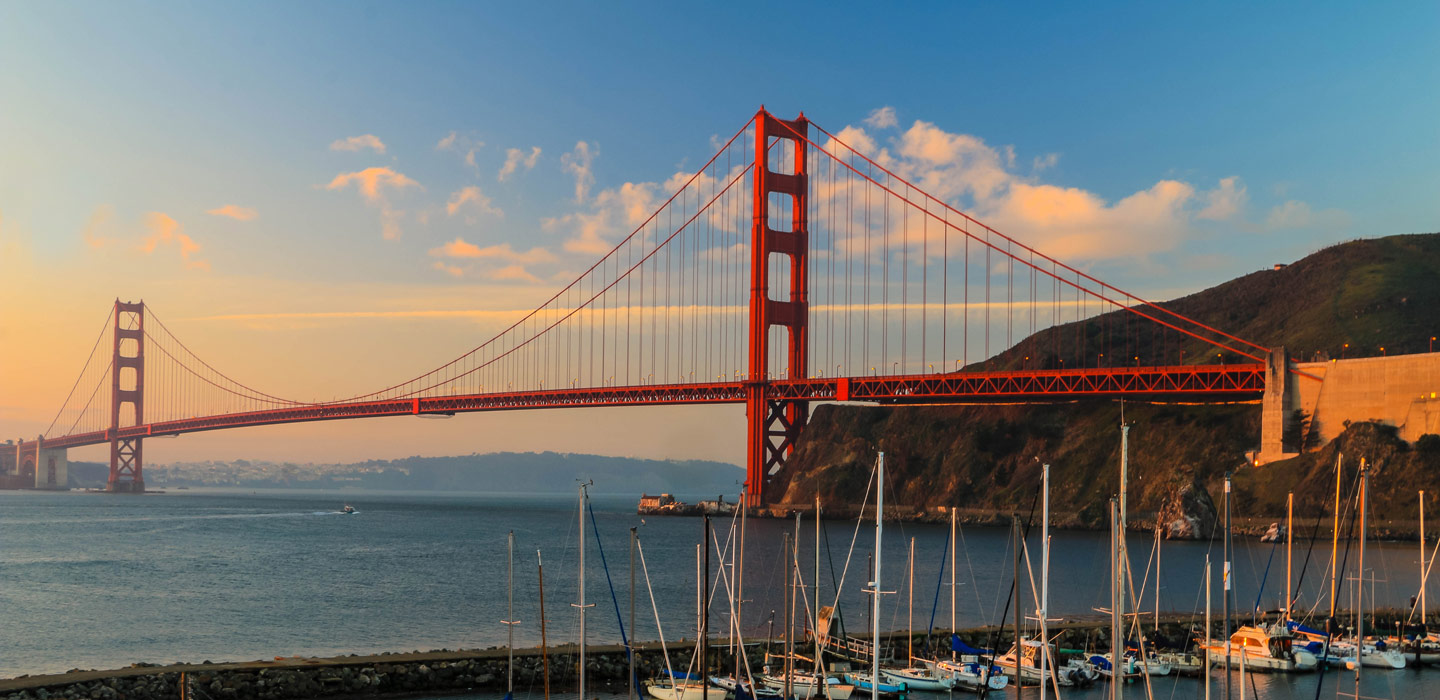
Golden Gate Bridge, San Francisco
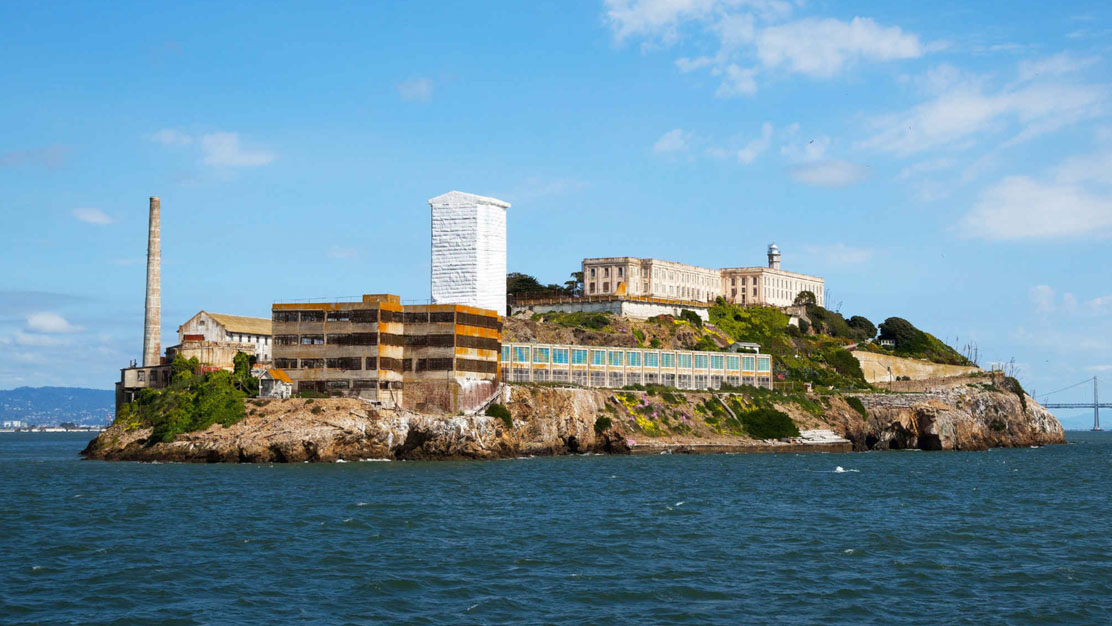
Alcatraz Island, San Francisco
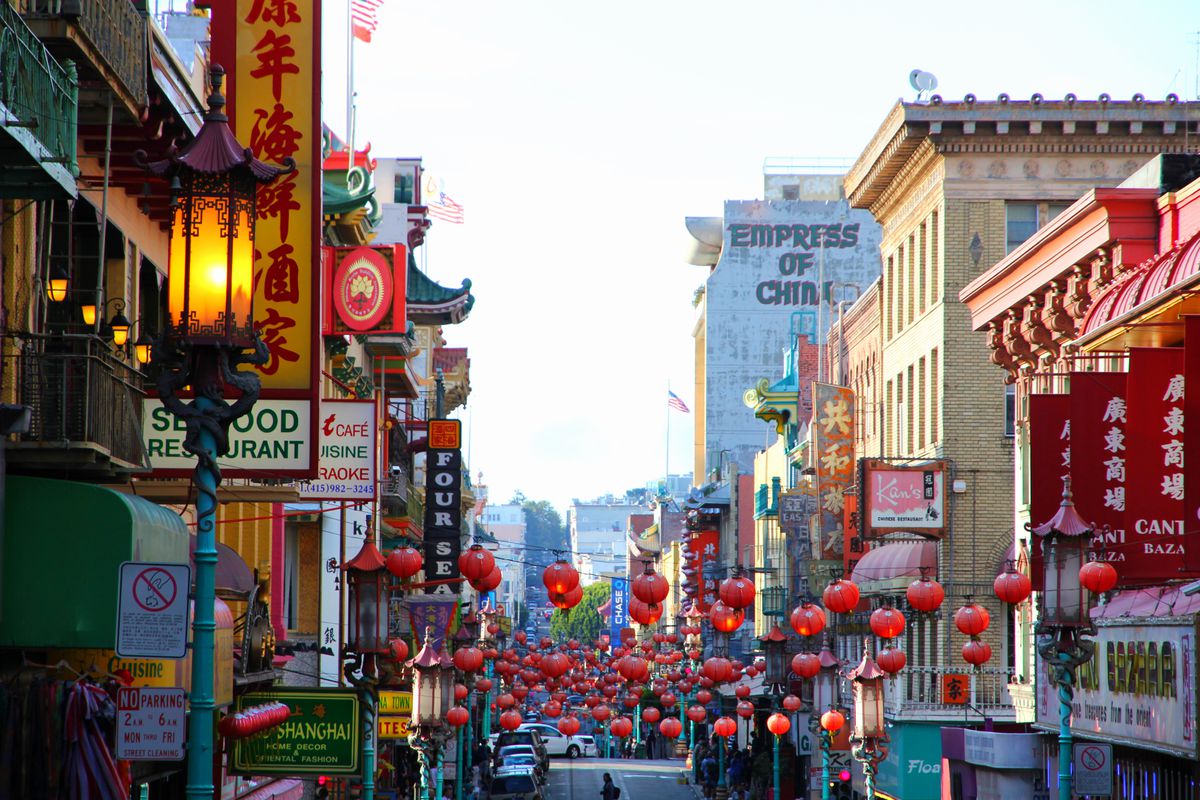
Chinatown, San Francisco
1
Day 1 : India - San Francisco
Arrive to San Francisco, which is one of the few North American cities to achieve the legendary status of such places as Paris or London. The city well-known hills offer stunning views of the Pacific Ocean and San Francisco Bay, and feature a wide array of shops, restaurants, and cosmopolitan nightlife. In addition to its diversity and charm, San Francisco is a gateway to Silicon Valley, Americas premier high-technology center. Upon Arrival, check in to the hotel.
Overnight in San Francisco
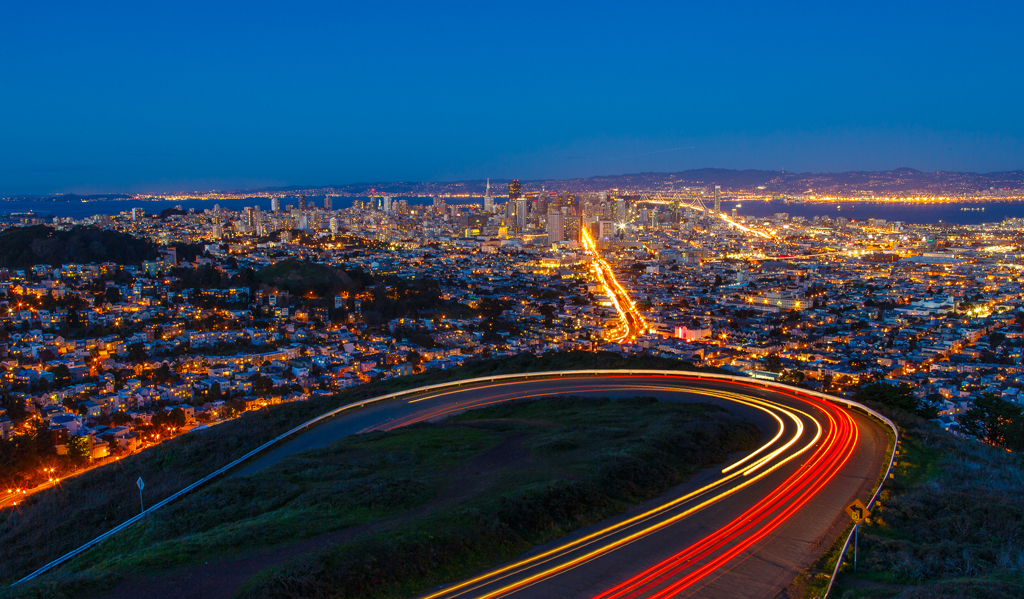
Twin Peaks, San Francisco
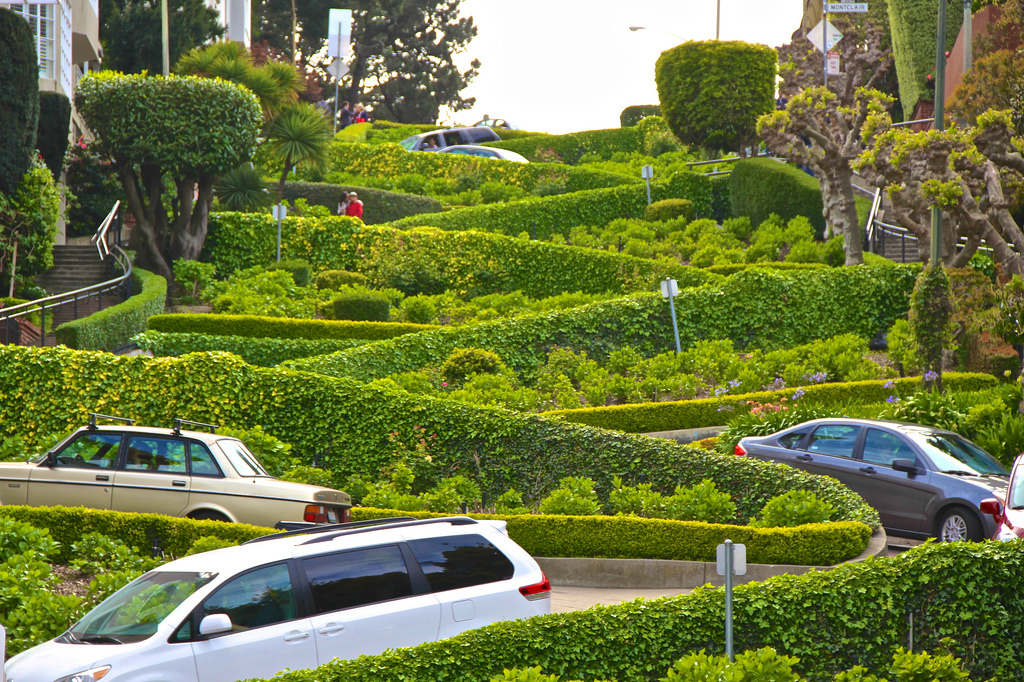
Lombard Street, San Francisco
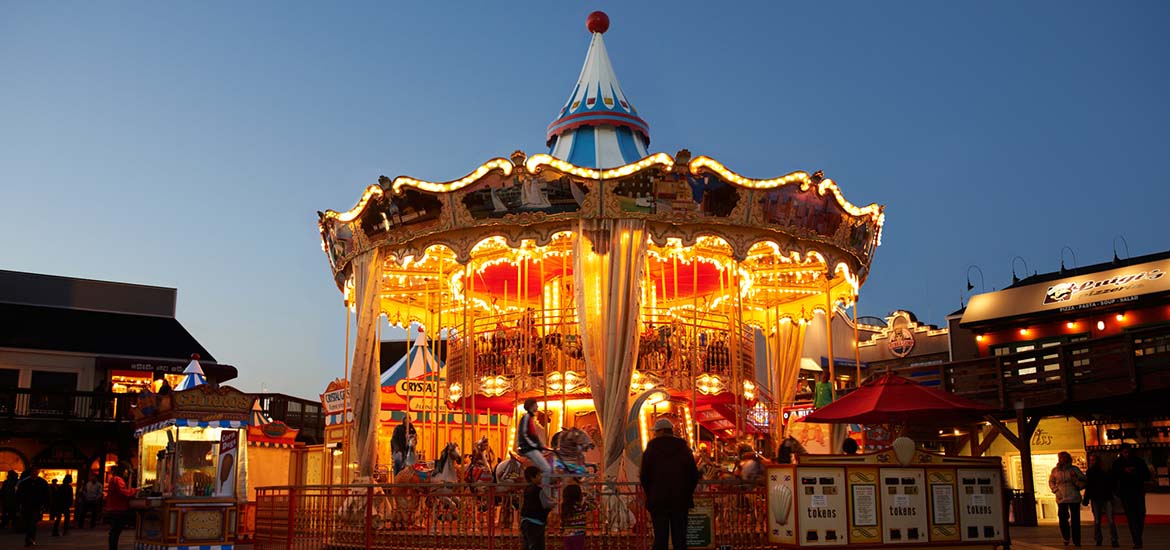
Pier 39, San Francisco
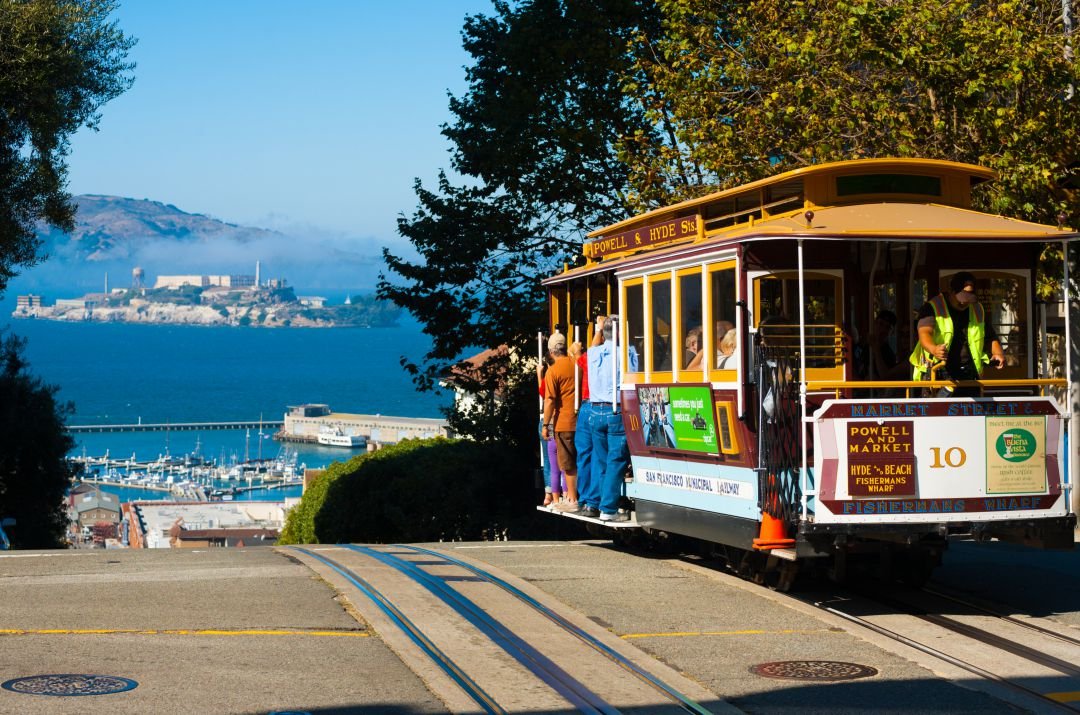
Cable Car, San Francisco
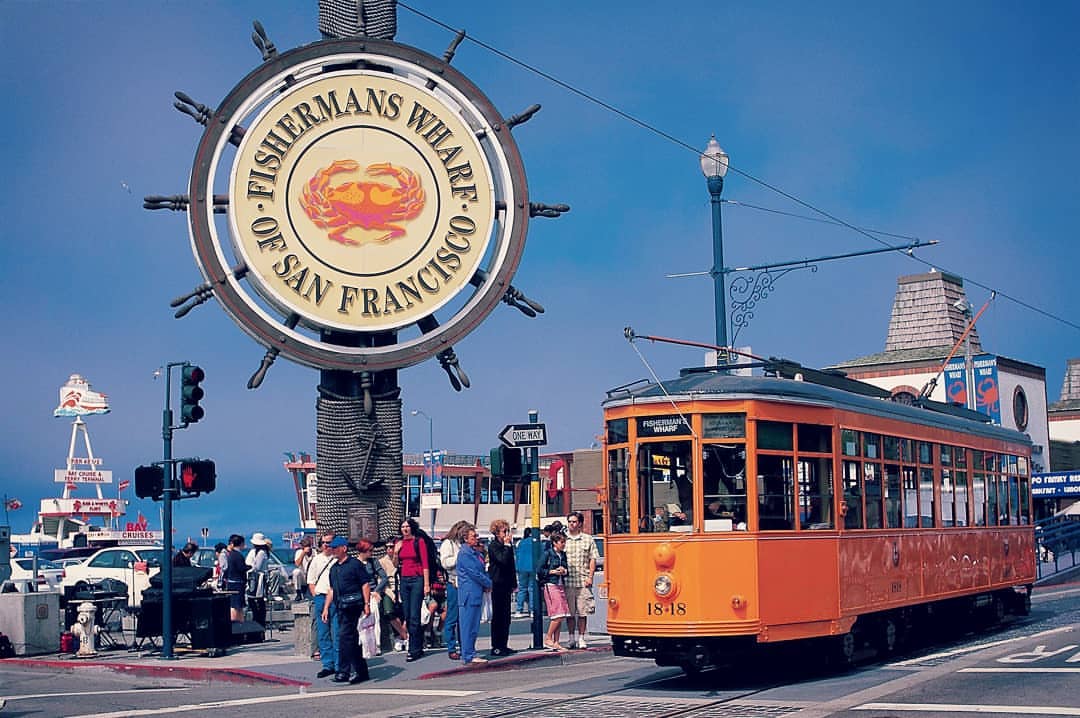
Fisherman Wharf, San Francisco
2
Day 2 : San Francisco City Tour
Today we proceed on a sightseeing tour of San Francisco. You will visit the famous Golden Gate Bridge, with the world’s highest bridge towers. Continue on to Twin Peaks, Lombard Street, Cable Car, Pier 39, Nob Hill, Civic Center, Union Square, Fisherman’s Wharf, Palace of Fine Arts & other highlights.
Overnight in San Francisco
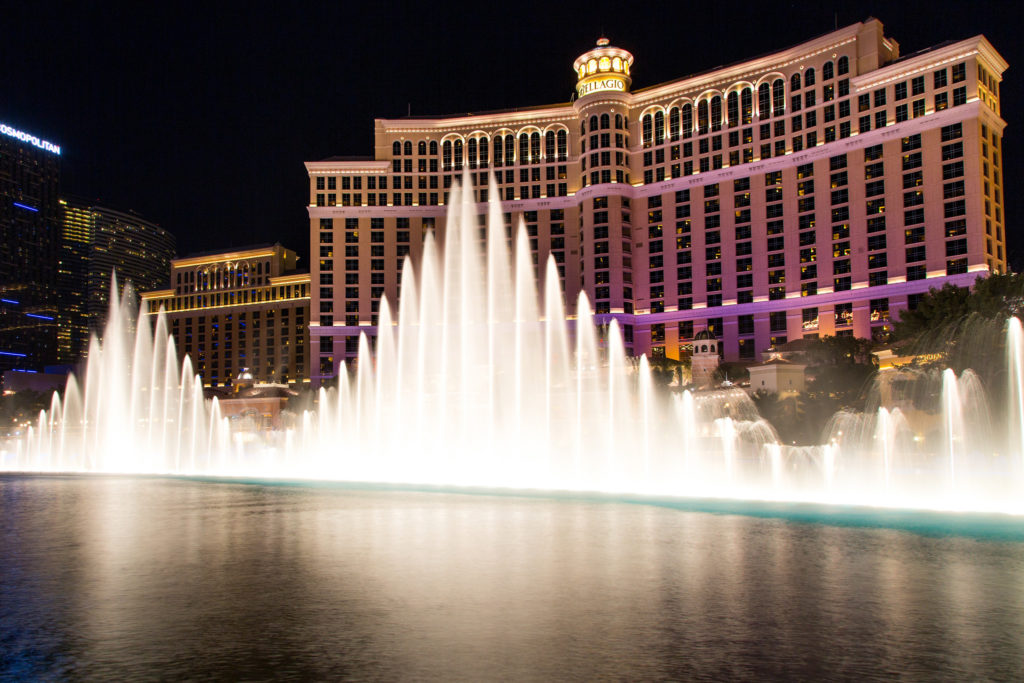
Dancing Water Fountains Bellagio, Las Vegas
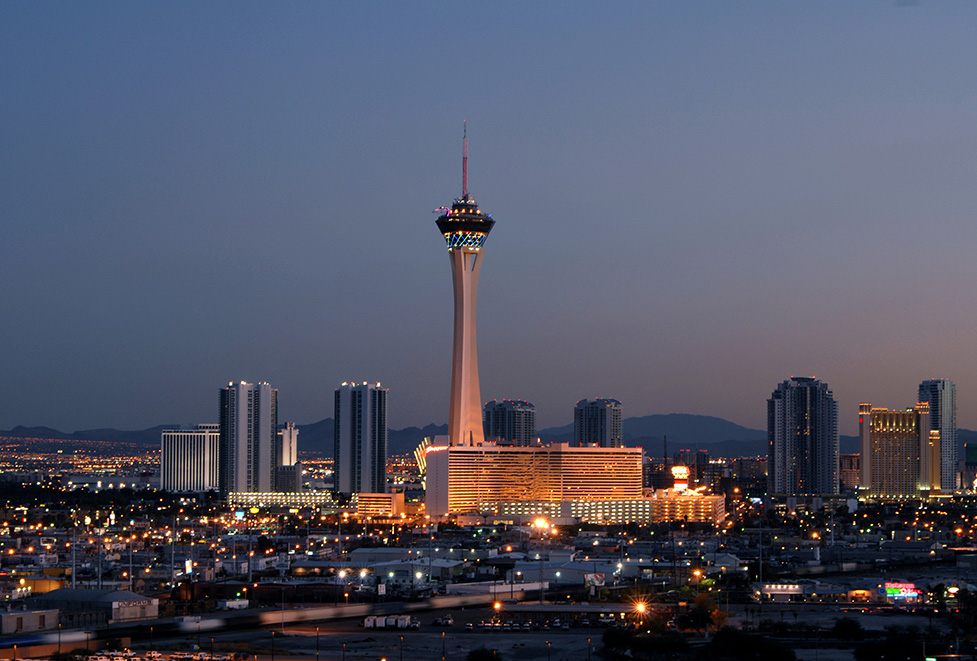
Stratosphere Tower, Las Vegas
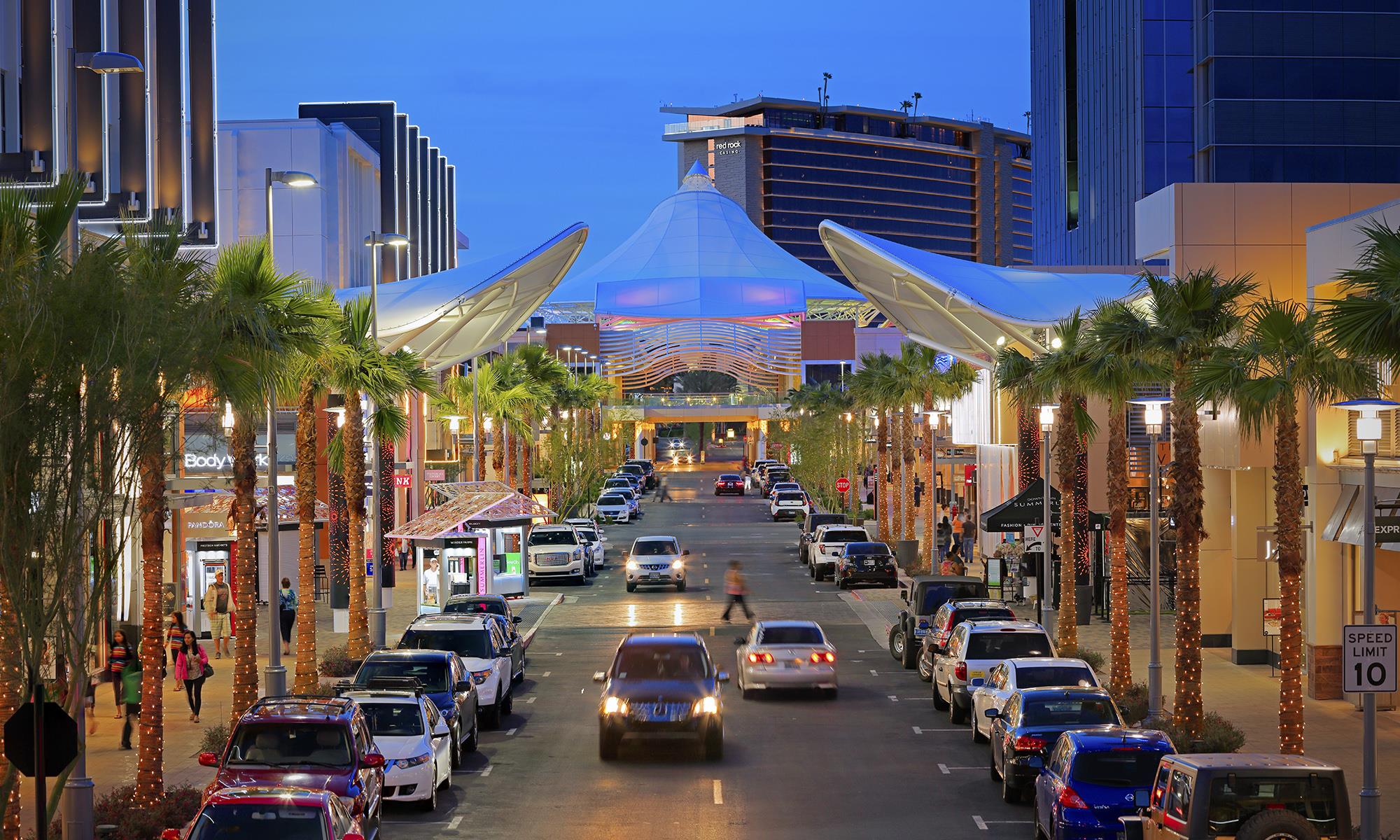
Downtown Streetline, Las Vegas
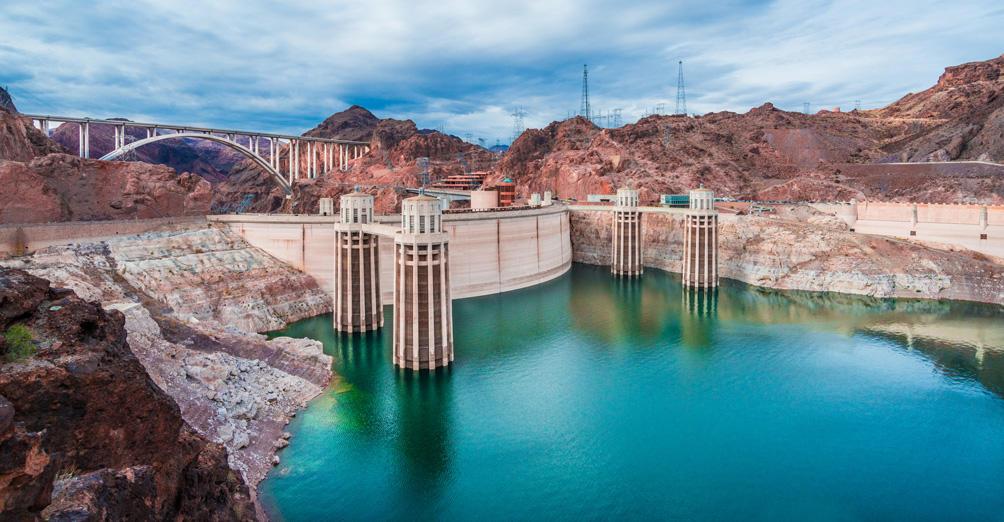
Hoover Dam, Las Vegas

The Pirate Ships at Treasure Island, Las Vegas
3
Day 3 : San Francisco - Las Vegas
Depart in the morning for your flight to Las Vegas. On arrival, transfer to your hotel. In the evening, we proceed for the city tour in Las Vegas experiencing the spectacular Colorful Dancing Fountain water fountains of the Bellagio, the Pirate Ships at Treasure Island, Stratosphere Tower, Downtown Vegas, and of course Fremont street, where over 12 million lights create a free show with pumping music.
Overnight in Las Vegas
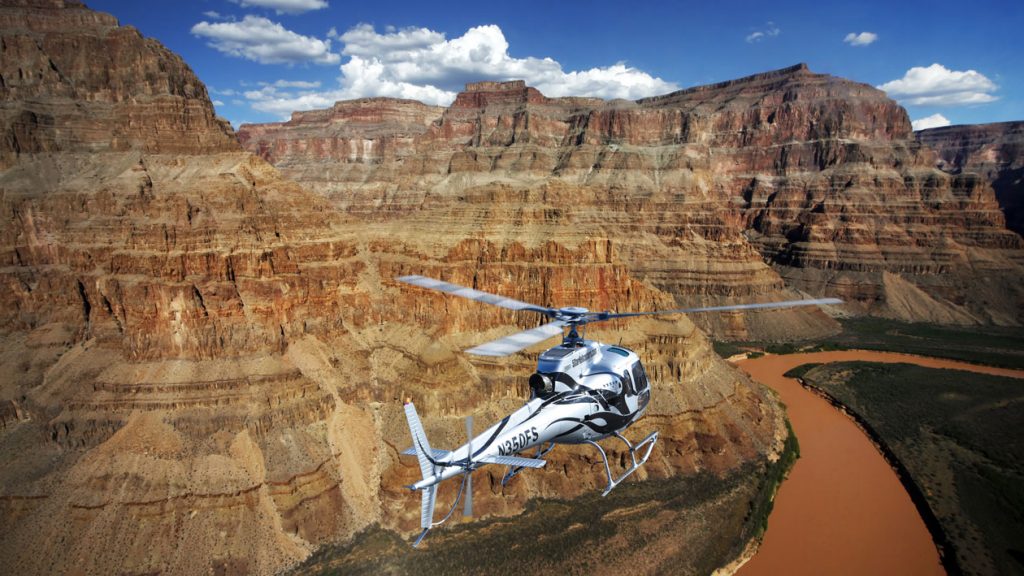
Grand Canyon, Las Vegas
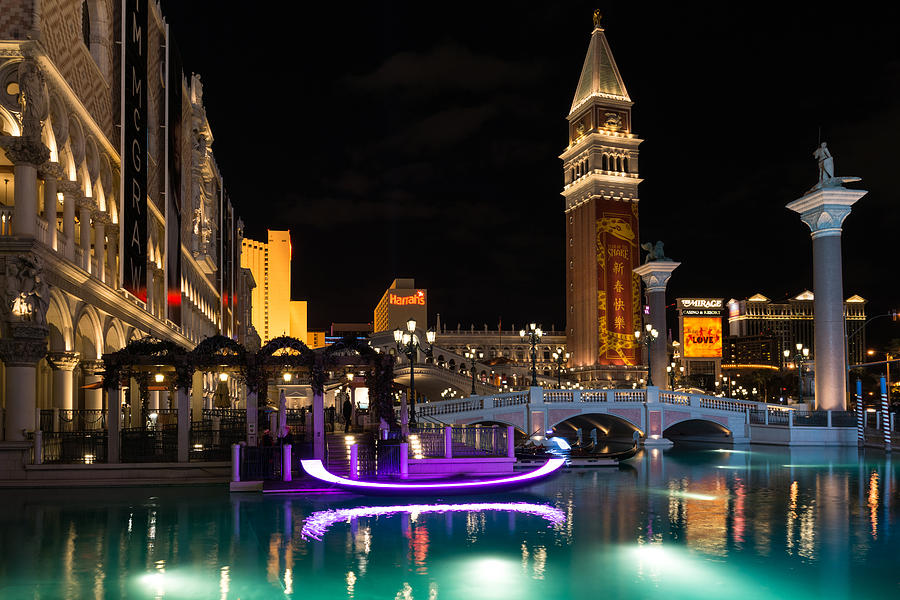
Dazzling Night, Las Vegas
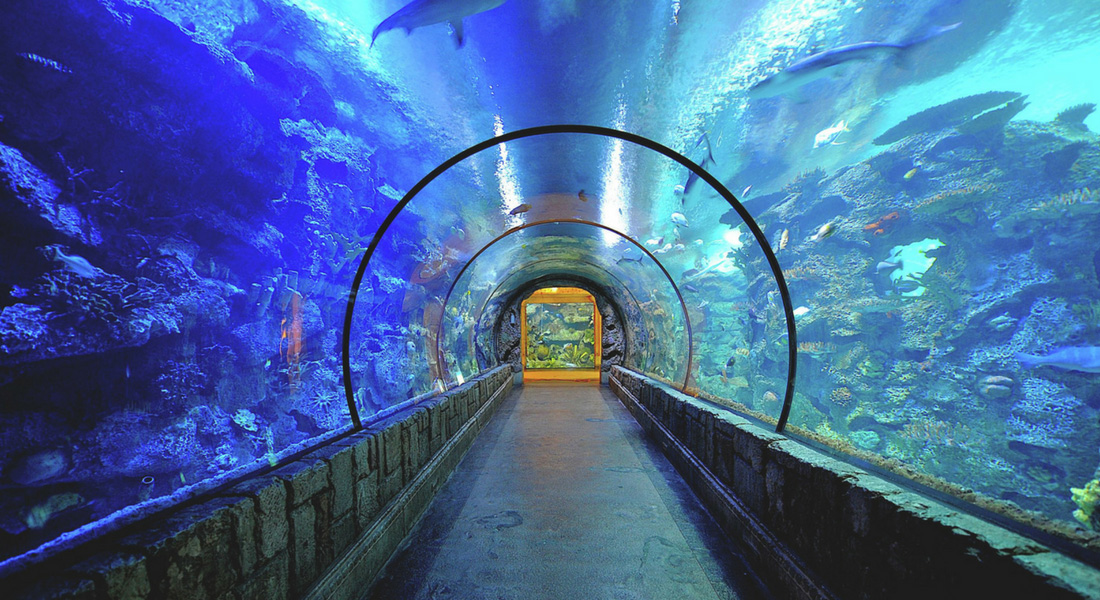
Shark Reef at Mandalay Bay, Las Vegas
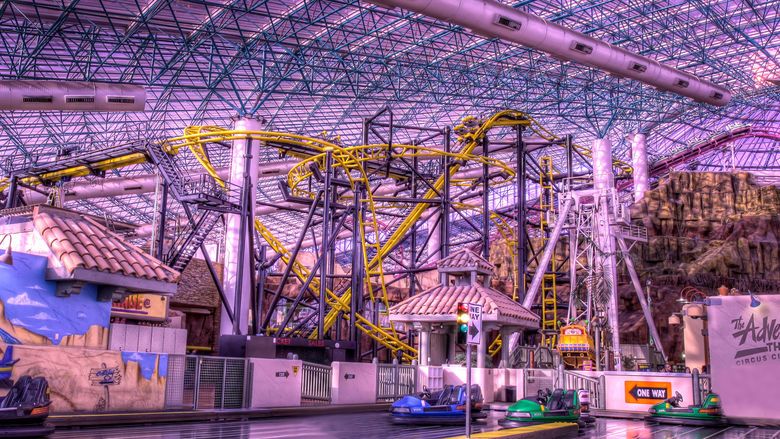
Adventuredome, Las Vegas
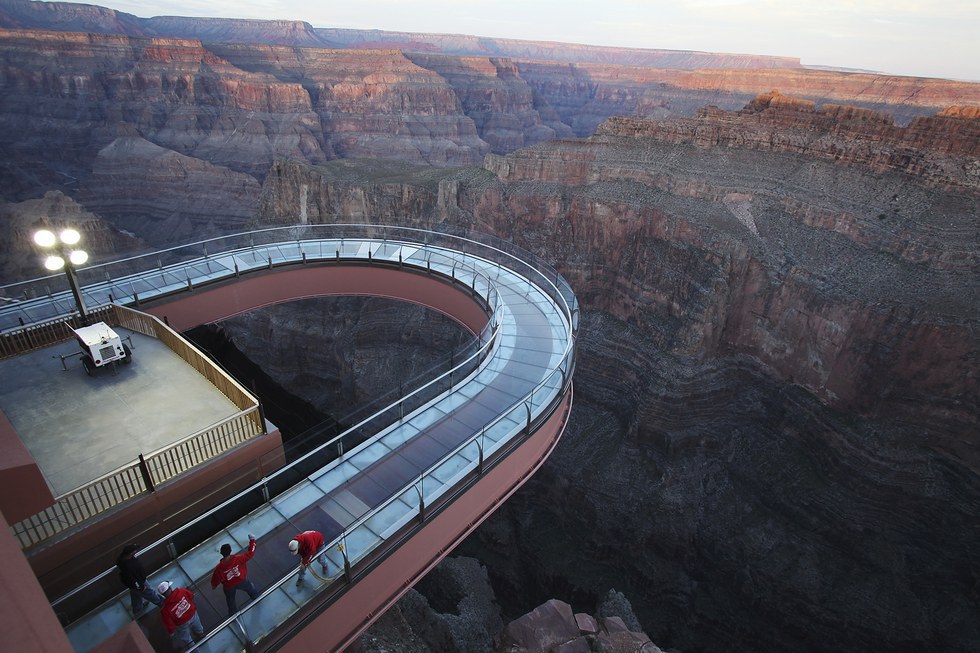
Skywalk, Las Vegas
4
Day 4 : Las Vegas - Grand Canyon (Optional)
Today after Breakfast, Spend the day at leisure or take the Grand Canyon Tour Bus or Air (Optional). Don’t Forget the New Wonder of the West the Skywalk, In the evening, take the Las Vegas Night Flight (Optional), a Helicopter Ride over dazzling night time Vegas, take in a fabulous Show or visit any of the free shows such as the Sirens of Treasure Island and much more.
Overnight in Las Vegas
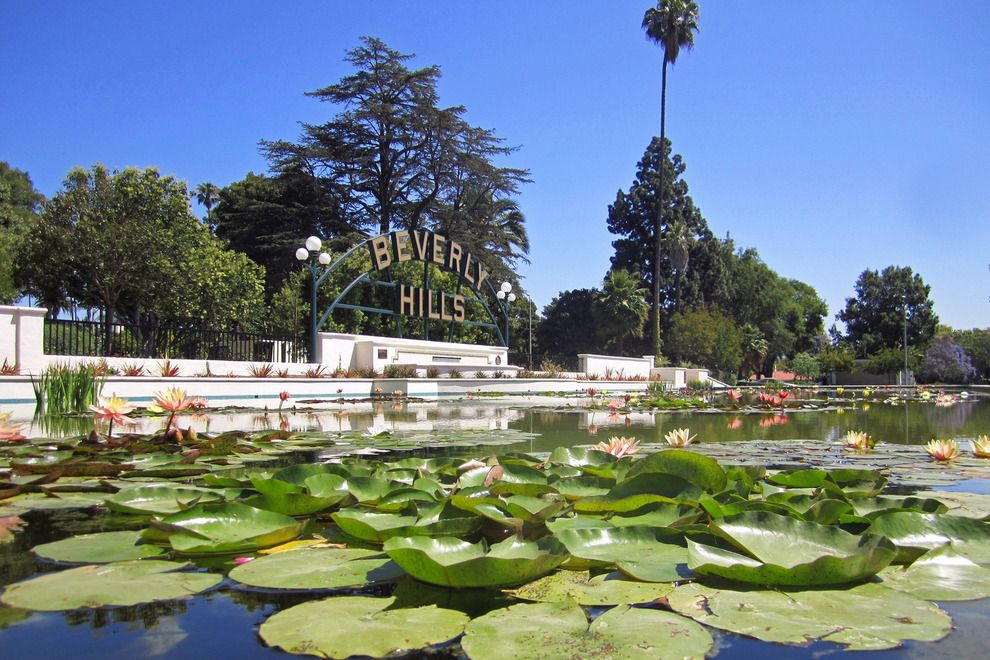
Beverly Hills, Los Angeles
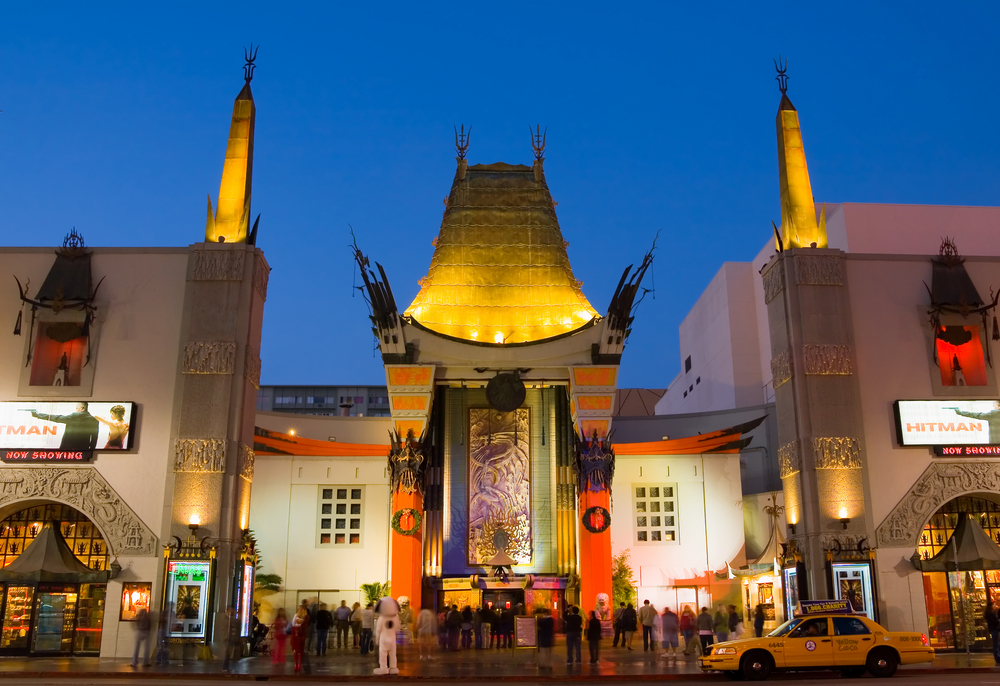
Grumman Chinese Theater, Los Angeles
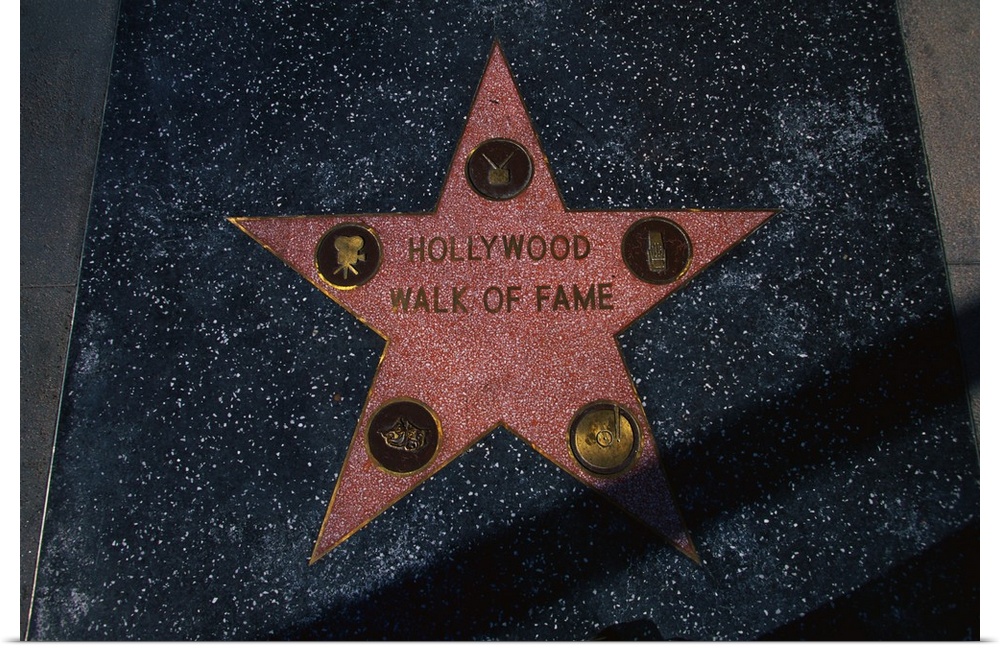
Hollywood Walk of Fame, Los Angeles
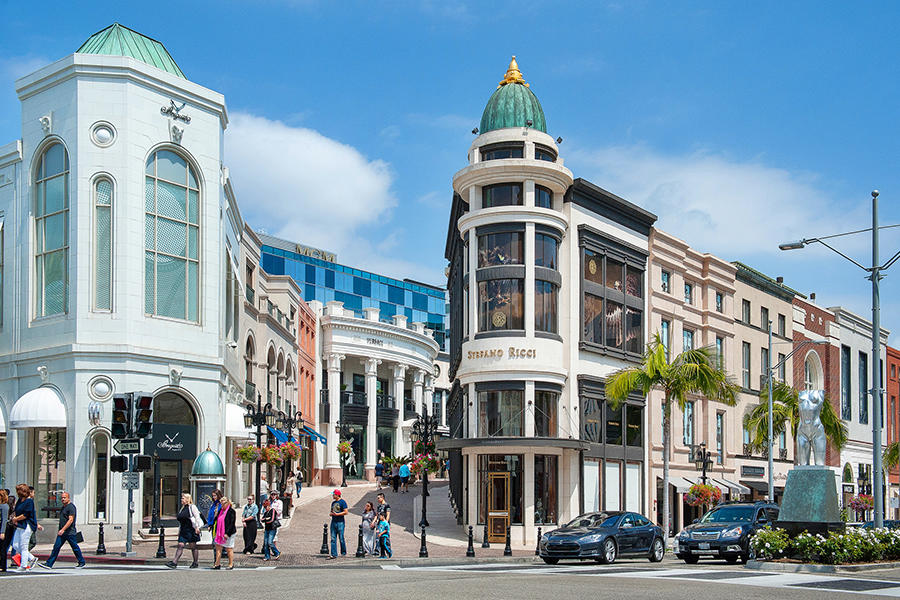
Rodeo Drive Shopping Malls, Los Angeles
5
Day 5 : Las Vegas - Los Angeles
Arrive to Los Angeles. Later, enjoy a city tour of Los Angeles. We will drive you through the “Entertainment capital of the world”, Hollywood, Hollywood Walk of Fame, Beverly Hills, Grumman Chinese Theater, Sunset strip, Rodeo Drive for the world’s most expensive shopping and China town for some good bargains.
Overnight in Los Angeles
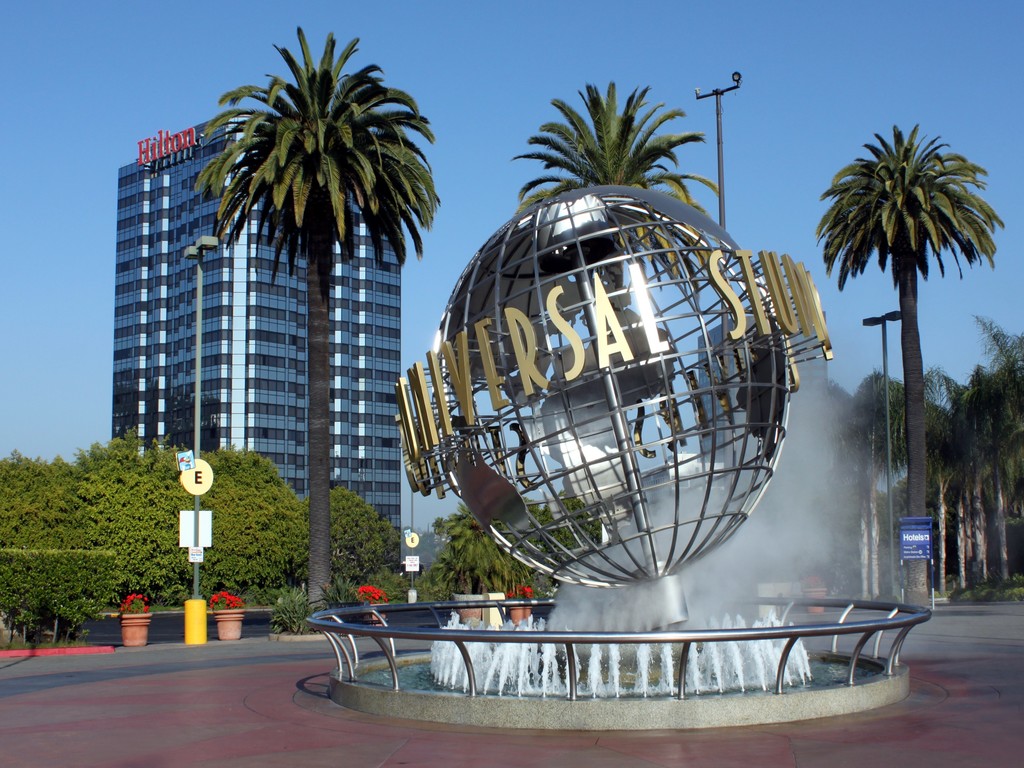
Universal Studio, Los Angeles
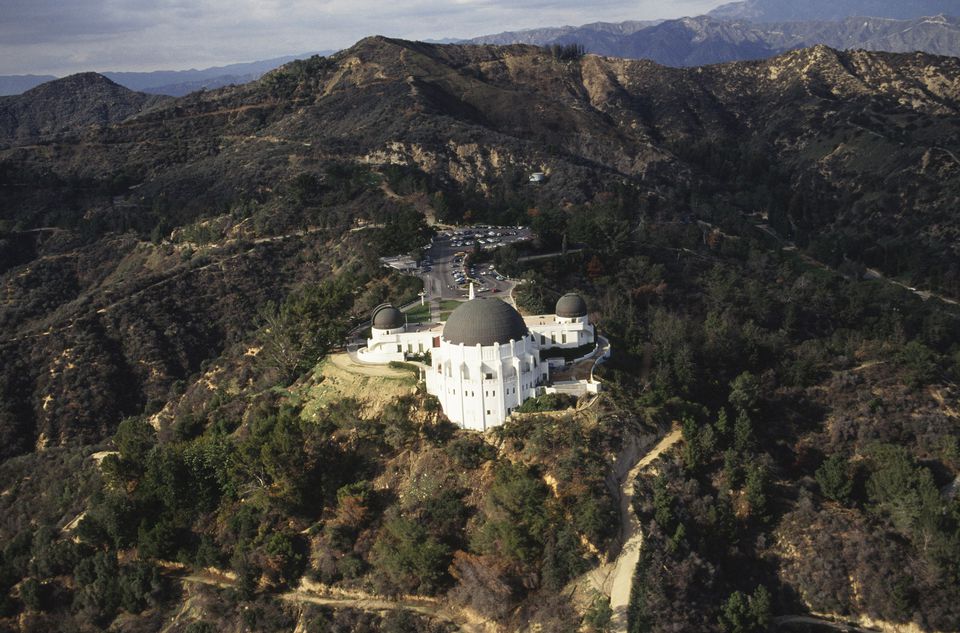
Griffith Park, Los Angeles

Universal Studio Park, Los Angeles
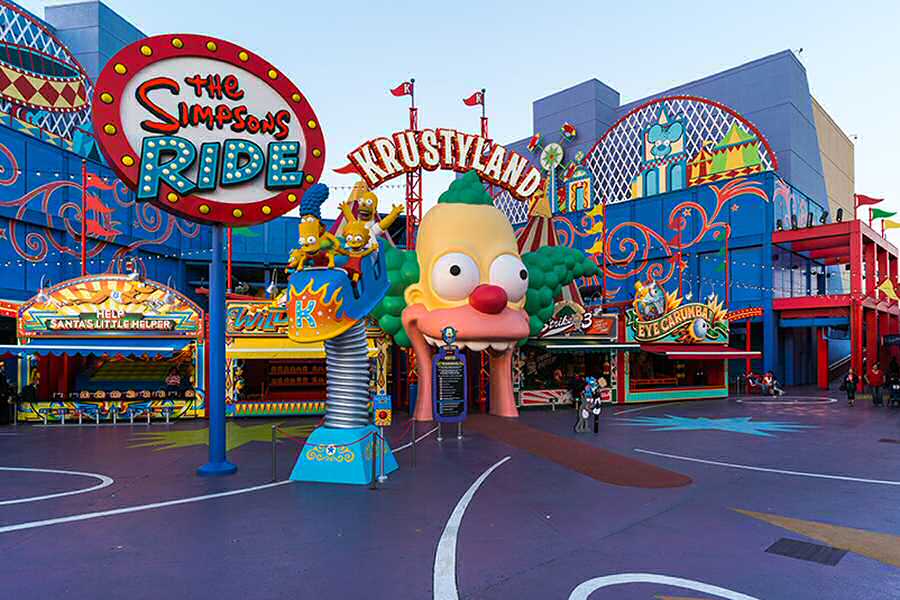
Universal Studio Hollywood, Los Angeles
6
Day 6 : Los Angeles Universal Studios
Join us today for a tour of Universal Studios which has always been known for its innovative rides and attractions, and is designed to let visitors experience the movies like never before. A trip to Universal is like a trip into the heart of Hollywood. With films and TV shows always in production, one never knows who they might see wandering the sidewalks of the park.
Overnight in Los Angeles
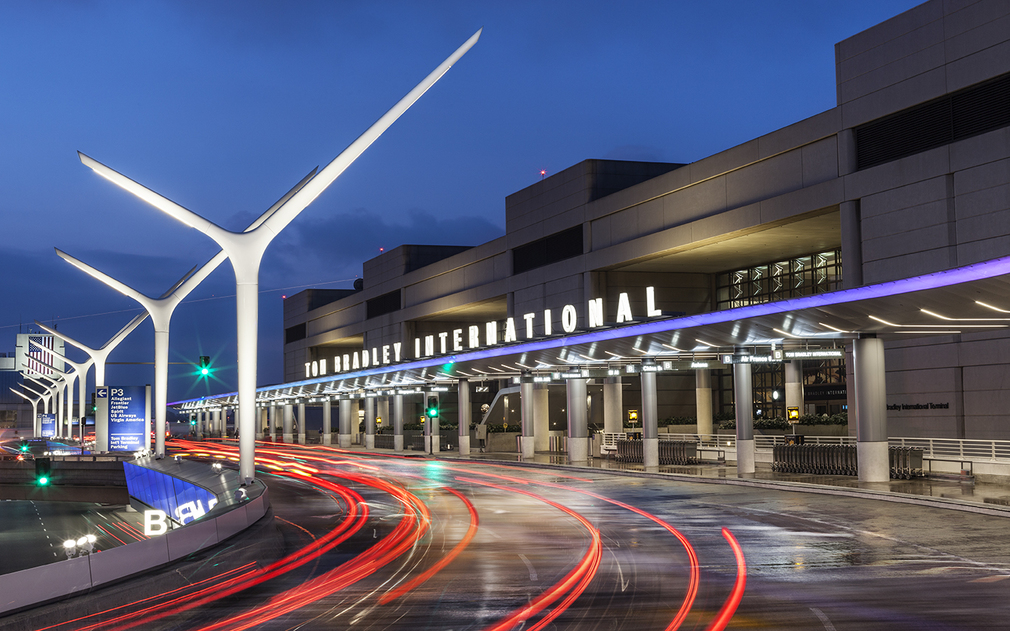
International Airport, Los Angeles
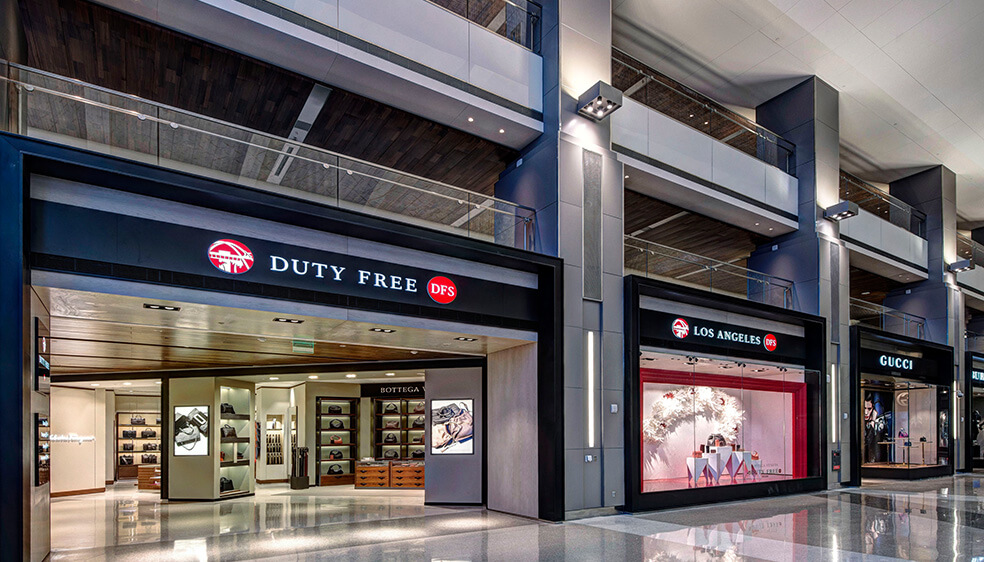
Duty Free, Los Angeles
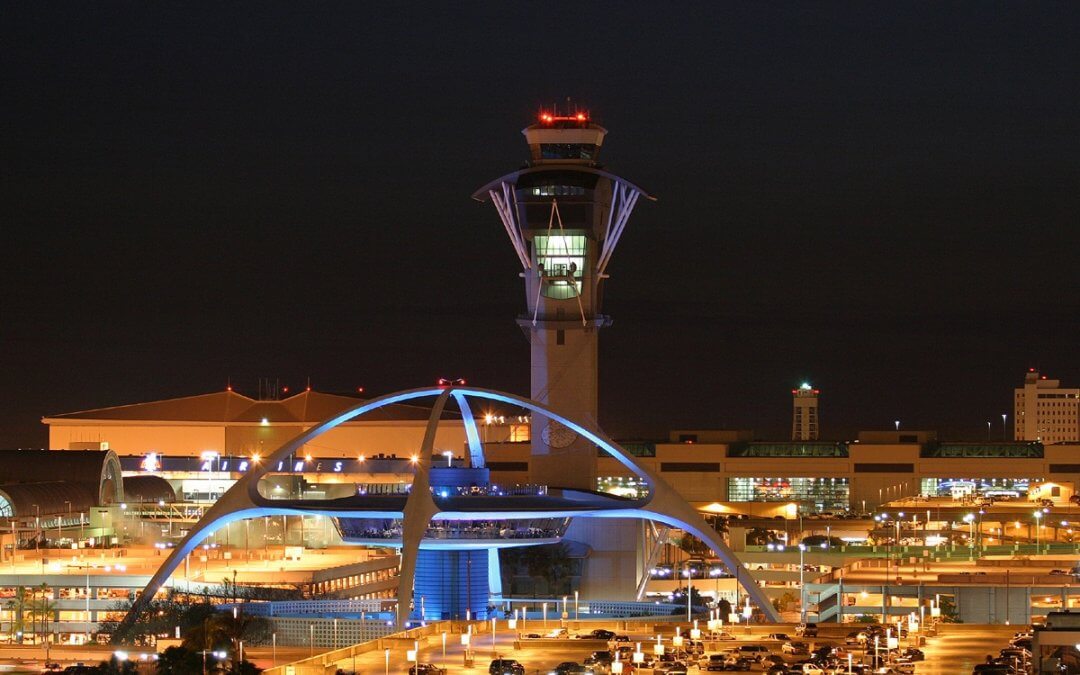
International Airport, Los Angeles
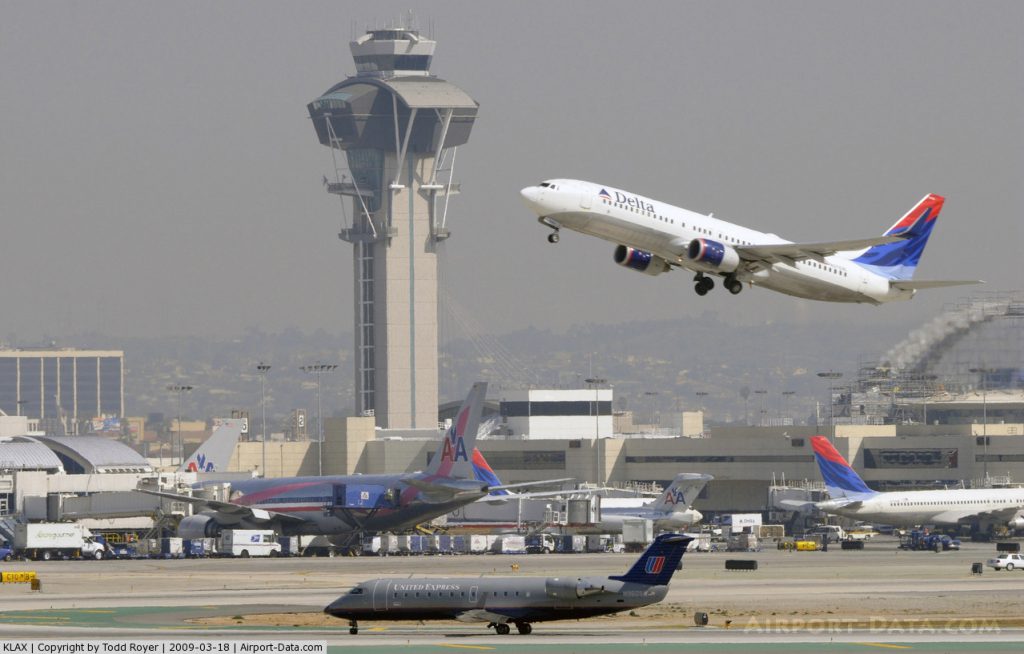
Airport, Los Angeles
7
Day 7 : Los Angeles - India
Breakfast at the Hotel.Check out of the hotel and transfer to airport for flight to Home.
HAVE A SAFE TRIP!!

Beverly Hills, Los Angeles

Grumman Chinese Theater, Los Angeles

Hollywood Walk of Fame, Los Angeles

Rodeo Drive Shopping Malls, Los Angeles

Grand Canyon, Las Vegas

Dazzling Night, Las Vegas

Shark Reef at Mandalay Bay, Las Vegas

Adventuredome, Las Vegas

Skywalk, Las Vegas
Silicon Valley, San Francisco

Golden Gate Bridge, San Francisco

Alcatraz Island, San Francisco

Chinatown, San Francisco

Twin Peaks, San Francisco

Lombard Street, San Francisco

Pier 39, San Francisco

Cable Car, San Francisco

Fisherman Wharf, San Francisco

Dancing Water Fountains Bellagio, Las Vegas

Stratosphere Tower, Las Vegas

Downtown Streetline, Las Vegas

Hoover Dam, Las Vegas

The Pirate Ships at Treasure Island, Las Vegas

Universal Studio, Los Angeles

Griffith Park, Los Angeles

Universal Studio Park, Los Angeles

Universal Studio Hollywood, Los Angeles

International Airport, Los Angeles

Duty Free, Los Angeles

International Airport, Los Angeles

Airport, Los Angeles
Wild West America
| Package Code: NHI186 |
| 6 Nights / 7 Days |
| Holiday Type International Holiday |
| Cities : 2 San Francisco, 2 Las Vegas, 2 Los Angeles |
Send Friend
Enquire Now
JANUARY
Temperature
January is usually the coldest month of the year for New York, USA, compared to February, which has an average temperature of around 0ºC.
During this month, the average temperature for the city starts off at 1.5°C, created by highs of 5°C during the daytime and lows of -2°C after dark, and drops down to -0.5°C, made up of highs of 3°C during the daytime and lows of -4°C after dark, making the first week in January the best time to go if you want the weather to be at its warmest.
Although it only happens on an average of 10% of days, temperatures have been known to rise above 12°C and drop below -12°C in New York in January. The hottest temperature ever registered within the city at this time of year is 22°C, whilst the coldest temperature ever recorded in the city during this month is -18°C.
Rainfall
Over the course of January, New York receives an average of 85mm/3 inches of rainfall divided between ten rainy days and eight snowy days. With some form of precipitation occurring on so many days across the year, there is a very good chance you'll experience a rain or snow shower during your holiday, so be prepared.
The likelihood of precipitation making an appearance in New York in January starts off at 47% on January 1st, drops down to 45% by January 21st and rises up to 46% by January 31st.
The probability of snowfall making an appearance in the city at this time of year starts off at 23% on January 1st and rises up to 25% by January 11th and 26% by January 28th, making the end of the month the best time to go if you want to enjoy the snow.
Snow
The most common types of precipitation you can expect to experience in New York in January are light snow (which falls on 36% of days with rainfall), light rain (23%), moderate rain (15%) and moderate snow (13%).
Average Sunshine Hours
Across the month, New York enjoys an average of six hours of daily sunshine, along with median cloud coverage which fluctuates between 78% at the beginning of the month and 73% by the end. On an average day, the sky is clear/mostly clear 33% of the time, partly cloudy 11% and mostly cloudy/overcast 48%.
Humidity
The relative humidity for New York in January typically falls between 46% (comfortable) and 81% (humid), rarely dropping below 30% (dry) or reaching 100% (very humid). The air tends to be at its driest around January 31st, when the relative humidity falls below 55% (mildly humid) three days out of four, whilst its usually at its most humid around January 7th, when it rises above 69% (mildly humid) three days out of four.
Wind
January can be quite a windy time for New York. During this month, average wind speeds fluctuate between 0 m/s (calm) and 7 m/s (moderate breeze), rarely going above 11 m/s (strong breeze).
The highest average wind speed of 4 m/s (gentle breeze) happens around January 17th, when the average daily maximum is 7 m/s, whilst the lowest average wind speed of 4 m/s occurs around January 1st, when the average daily maximum is 7 m/s.
Dress Code
Since January is when temperatures are at their lowest, this month is only suitable for travellers who don't mind the biting cold. If you plan on travelling to New York at this time of year, make sure you wrap up warm and take thick coats, scarves, hats and gloves with you to make sure you're comfortable.
On the other hand, if you hate the cold and want to visit New York when temperatures are at their highest, forget about January and plan your holiday for July, which is usually the hottest month of the year for the city.
FEBRUARY
Temperature
After a frightfully cold January, temperatures begin to warm up from February onward in New York, USA. At this time of year, the average temperature for the city starts off at 0°C, made up of highs of 4°C using the daytime and lows of -4°C after sunset, and rises up to 2.5°C, made up of highs of 6°C during the daytime and lows of -1°C at night, by the end, making the final week of February the best time to visit if you want to experience New York at its warmest.
Even though it only occurs on an average of 10% of days, temperatures can sometimes rise above 13°C and drop below -11°C in New York in February. The highest temperature which has ever been recorded in the city during this month is 20°C, whilst the lowest temperature which has ever been registered in the city at this time of year is -14°C.
Rainfall
Over the course of an average February, New York is subject to 57mm/2 inches of rainfall divided between nine rainy days and six snowy days – that's quite a lot less than last month. With some form of precipitation occurring on so many days throughout the year, there is a very good chance you'll get some wet weather during your holiday in February, so be prepared.
The probability of precipitation making an appearance in the city at this time of year stays fairly constant throughout the year, starting off at 46% on February 1st, rising up to 47% by February 10th and dropping back down to 46% by February 29th.
Snow
The likelihood of snowfall making an appearance during this month starts off at 27% at the beginning and drops down to 22% by the end, making the start of February the best time to go if you want to enjoy the snow.
The most common forms of precipitation you can expect to see in New York in February are light snow (which falls on 35% of days with precipitation), light rain (22%), moderate rain (17%) and moderate snow (13%).
Average Sunshine Hours
Throughout the month, New York boasts an average of six hours of daily sunshine – that's the same as the previous month – alongside median cloud coverage which ranges between 73% at the beginning of the month and 74% by the end. On an average day, the sky is clear/mostly clear 33% of the time, partly cloudy 11% and mostly cloudy/overcast 49%.
Humidity
The relative humidity for New York in February usually falls between 45% (comfortable) and 82% (humid), rarely falling below 27% (dry) or reaching as high as 100% (very humid). The air is usually at its driest around February 5th, when the relative humidity falls below 53% (mildly humid) three days out of four, whilst the air is often at its most humid around February 25th, when it rises above 71% (humid) three days out of four.
Wind
February can be quite a windy time for New York. During this month, typical wind speeds range between 0 m/s (light air) and 8 m/s (moderate breeze), rarely exceeding 11 m/s (strong breeze).
The highest average wind speed of 4 m/s (gentle breeze) happens around February 29th, when the average daily maximum is 8 m/s, whilst the lowest average wind speed of 4 m/s happens around February 8th, when the average daily maximum is 7 m/s (moderate breeze).
Dress Code
Since this month is one of the coldest of the year for the city, January is only suitable for holidaymakers who don't mind wrapping up warm every time they want to go outside. If you do plan on visiting New York at this time of year, make sure you take plenty of winter clothing with you, such as coats, hats, scarves, gloves and thick jumpers.
However, if you hate cold temperatures and want to visit New York when it's at its warmest, forget about February and plan your holiday for July, instead, when temperatures are usually at their highest.
MARCH
Temperature
The weather continues to gradually warm up in New York, USA in March. During this month, the average temperature for the city begins at 2.5°C, created by highs of 6°C during the daytime and lows of -1°C after dark, at the start of the month and rises up to 7°C, created by highs of 11°C during the daytime and lows of 3°C after sunset, by the end of the month, making the final week in March the best time to go if you want to holiday in New York when the city is at its warmest.
Compared to April, which has an average temperature of around 7.5°C
Although it only occurs on an average of once every ten days, temperatures have been known to rise above 18°C and fall below -7°C in New York in March. The hottest temperature which has ever been registered in the city at this time of year is 29°C, whilst the coldest temperature which has ever been recorded in the city during this month is -11°C.
Since temperatures are extremely low in New York in March, this month is best reserved for travellers who don't mind the biting cold. If you plan on visiting the city at this time of year, make sure you take plenty of warm clothes, such as coats, gloves, hats, scarves, jeans and jumpers with you to ensure you stay comfortable when going outside.
On the other hand, if you hate the cold and want to visit New York when it's at its warmest, forget about going in March and plan your trip for July, which tends to be the warmest month of the year for the city.
Rainfall
Across the month, New York receives an average of 99mm/4 inches of rainfall divided between 12 rainy days and five snowy days – that's almost double the precipitation received in February.
With precipitation occurring on nearly 2/3 of the month, you're almost guaranteed to experience some wet weather during your holiday in March, so be prepared. The likelihood of precipitation occurring in the city during this month stays fairly constant – starting off at 47% on March 1st and rising up to 48% by March 31st.
The probability of snow falling starts off at 22% on March 1st and drops down to 11% by March 31st, making the first week of the month the best time to go if you want to catch the snow.
The most common forms of precipitation you can expect to experience in New York in March are light rain (which occurs on 33% of days with rainfall), light snow (22%) and moderate rain (22%).
Average Sunshine Hours
Over the course of an average March, New York enjoys seven hours of sunshine every day – that's one hour more each day than the previous month – along with median cloud coverage ranging between 74% at the beginning of the month and 81% by the end.
On an average day, the sky is clear/mostly clear 33% of the time, partly cloudy 10% and mostly cloudy/overcast 52%.
Humidity
The relative humidity for the city in March falls between 44% (comfortable) and 84% (humid), rarely dropping below 23% (dry) or reaching as high as 100% (very humid).
The air tends to be at its driest around March 17th, when the relative humidity drops below 56% (mildly humid) three days out of four, whilst the air is usually at its most humid around March 29th, when the relative humidity rises above 75% (humid) three days out of four.
Wind
New York tends to be quite a windy city throughout the year and March is no exception. During this month, typical wind speeds range between 0 m/s (calm) and 8 m/s (moderate breeze), rarely going above 11m/s (strong breeze).
The highest average wind speed of 4 m/s (gentle breeze) happens around March 3rd, when the average daily maximum is 8 m/s, whilst the lowest average wind speed of 4 m/s occurs around March 24th, when the average daily maximum is 7 m/s (moderate breeze).
APRIL
Temperature
The weather continues to get warmer in April in New York, USA, when the spring season is just beginning.
During this month, the average temperature for the city starts off at 7.5°C, created by highs of 12°C during the day and lows of 3°C at night, at the beginning of the month and rises up to 12.5°C, made up of highs of 17°C during the day and lows of 8°C at night, by the end of the month, making the final week in April the best time to go if you want to visit New York when the weather is warmest.
Compared to May, which has an average temperature of around 12.5°C.
Because temperatures are fairly cool in New York in April, this month is best suited to travellers who plan on spending the majority of their holiday indoors, shopping and enjoying other city attractions.
If you decide to visit the city during this month, make sure you pack a mixture of thick winter clothing – such as coats, hats, gloves and scarves – as well as slightly lighter winter clothing – like jumpers and jeans for when the sun gets out during the day.
However, if you hate cold temperatures can want to visit New York when the city is at its warmest, forget about April and plan your holiday for July, which is usually the warmest month of the year for the city.
Rainfall
Throughout the month, New York is subject to an average of 96mm/4 inches of rainfall spread out between 15 rainy days and one snowy day – that's a small decrease compared to March. With precipitation occurring on more than 50% of days across the month, you're almost certain to experience some wet weather during your holiday in April, so be prepared.
The probability of precipitation occurring in the city at this time of year stays fairly constant, starting off at 49% at the beginning of the month and dropping down to 47% by the end of the month.
The likelihood of snow falling begins at 11% on April 1st and gradually drops down to 2% by April 30th, making the first week of April the best time to visit if you want to enjoy the snow.
The most common forms of precipitation you should expect to experience in New York in April are light rain (which occurs on 44% of days with rainfall), moderate rain (27%), light snow (8%) and light rain (8%).
Average Sunshine Hours
During an average April, New York enjoys eight daily hours of sunshine – that's one more every day than the previous month – alongside median cloud coverage ranging between 80% at the start of the month and 82% by the end. On an average day, the sky is clear/mostly clear 32% of the time, partly cloudy 11% and mostly cloudy/overcast 52%.
Humidity
The relative humidity for New York in April fluctuates between 44% (comfortable) and 87% (very humid), rarely falling below 22% (dry) or reaching as high as 100% (very humid).
The air is often at its driest around April 15th, when the relative humidity drops below 56% (mildly humid) three days out of four, whilst the air is usually at its most humid around April 30th, when it rises above 79% (humid) three days out of four.
Wind
New York remains fairly breezy all-year-round. In April, typical wind speeds range between 0 m/s (calm) and 7 m/s (moderate breeze), rarely exceeding 11 m/s (fresh breeze).
The highest average wind speed of 4 m/s (gentle breeze) happens around April 1st, when average daily maximum is 7 m/s, whilst the lowest average wind speed of 4 m/s happens around April 30th, when the average daily maximum is 7 m/s.
MAY
Temperature
Things really start to warm up in New York, USA in May, when the spring season is in full swing.
At this time of year, the average temperature for the city begins at 12.5°C, created by highs of 17°C during the daytime and lows of 8°C at night, and rises up to 17.5°C, created by highs of 22°C during the daytime and lows of 13°C at night, by the end of the month, which makes the final week in May the best time to visit the city if you want to experience New York when temperatures are at their highest.
Compared to June, which has an average temperature of around 18°C
Although it only happens on an average of 10% of days, temperatures have been known to rise above 29°C and drop below 4°C in New York in May. The highest temperature which has ever been recorded in the city during this month is 35°C, whilst the coldest temperature ever registered here at this time of year is 3°C.
Rainfall
Across the month, New York receives an average of 103mm/4 inches of rainfall divided between 15 wet days – that's slightly more than in April. With rainfall occurring on 50% of days throughout the month, you're almost guaranteed to get some wet weather during your holiday in May, so be prepared for it.
The likelihood of rainfall occurring in New York at this time of year decreases slightly as the month develops, dropping down from 47% on May 1st down to 44% by May 31st.
The most common types of precipitation you should expect to see in New York in May are light rain (which occurs on 47% of days with rainfall), moderate rain (29%), heavy rain (9%) and thunderstorms (9%).
Snow
Even though the odds of snowfall are practically non-existent, there is a chance of it occurring. The probability of snow falling starts off at 2.1% on May 1st and drops down to 0% by May 31st, making the first week of the month the best time to visit if you're eager to see snow.
Average Sunshine Hours
Over the course of an average May, New York boasts nine hours of sunshine every day – that's one hour more each day than the previous month – along with median cloud coverage which ranges between 81% at the beginning of the month and 79% by the end.
On an average day, the sky is clear/mostly clear 31% of the time, partly cloudy 12% and mostly cloudy/overcast 52%.
Humidity
The relative humidity for New York in May fluctuates between 47% (comfortable) and 90% (very humid), rarely dropping below 24% (dry) or reaching as high as 100% (very humid).
The air tends to be at its driest around May 1st, when the relative humidity falls below 61% (mildly humid) three days out of four, whilst the air is often at its most humid around May 28th, when it rises above 84% (humid) three days out of four.
Wind
New York is relatively breezy throughout the year. In May, typical wind speeds fall between 0 m/s (calm) and 7 m/s (moderate breeze), rarely rising above 10 m/s (fresh breeze).
The highest average wind speed of 4 m/s (gentle breeze) happens around May 1st, when the average daily maximum is 7 m/s, whilst the lowest average wind speed of 3 m/s (light breeze) happens around May 28th, when the average daily maximum is 6 m/s (moderate breeze).
Dress Code
Since temperatures are rather mild in New York in May, this month is the ideal time for everyone to visit, whatever you plan to do during your holiday. If you plan on visiting the city at this time of year, you'll need to take warm clothing, like jackets, jumpers and jeans, with you, plus some lighter clothes, such as t-shirts, for when the sun gets out.
If you want to make the most of your holiday time and visit New York when the city is at its warmest, forget about going in May and plan your trip for July, when temperatures in the city are usually at their highest
JUNE
Temperature
The weather gets warmer and drier in June in New York, USA, when spring is merging into summer.
During this month, the average temperature for the city starts off at 18°C, created by highs of 23°C during the daytime and lows of 13°C at night, and rises up to 22°C, created by highs of 26°C during the daytime and lows of 18°C at night, by the end of the month, making the final week in June the best time to holiday in the city if you want to visit New York when the city is at its warmest.
Compared to July, which has an average temperature of around 22°C
Even though it only occurs on an average of 10% of days, temperatures have been known to rise above 31°C and drop below 9°C in New York in June. The hottest temperature which has ever been recorded in the city at this time of year is 37°C, whilst the coldest temperature which has ever been registered here at this time of year is 9°C.
Rainfall
Throughout the month, the city is subject to an average of 98mm/4 inches of rainfall spread out between 13 rainy days – that's slightly less than in May. With rainfall occurring on more than 1/3 of days across the month, there is quite a good chance you'll see some precipitation during your holiday, so be prepared and take an umbrella with you.
The probability of precipitation making an appearance in New York decreases as the month develops, starting off at 44% on June 1st and dropping down to 41% by June 30th.
The most common forms of precipitation you should expect to experience in New York in June are light rain (which happens on 43% of days with rainfall), moderate rain (28%), thunderstorms (14%) and heavy rain (10%).
Average Sunshine Hours
During an average June, New York enjoys around 11 hours of sunshine each day – that's two hours more every day than the previous month – alongside median cloud coverage which fluctuates between 79% at the beginning of the month and 76% by the end.
On an average day, the sky is clear/mostly clear 31% of the time, partly cloudy 14% and mostly cloudy/overcast 52%.
Humidity
The relative humidity for New York in June ranges between 52% (mildly humid) and 91% (very humid), rarely falling below 32% (comfortable) or reaching as high as 100% (very humid). The air is often at its driest around June 1st, when the relative humidity drops below 62% (mildly humid) three days out of four, whilst it's usually at its most humid around June 22nd, when it rises above 86% (very humid) three days out of four.
Wind
Compared to the other months, June is a relatively calm month. At this time of year, typical wind speeds range between 0 m/s (calm) and 6 m/s (moderate breeze), rarely rising above 9 m/s (fresh breeze). The highest average wind speed of 3 m/s (light breeze) happens around June 2nd, when the average daily maximum is 6 m/s, whilst the lowest average wind speed of 3 m/s (light breeze) occurs around June 27th, when the average daily maximum is 6 m/s.
Dress Code
Because temperatures are relatively warm in New York in June, this month is perfect for holidaymakers who want to explore the city and see the sights.
If you're planning your big apple holiday for June, you'll need to pack a mixture of warm clothing such as jeans, jumpers and jackets to keep you comfortable on an evening, plus lighter clothing, like t-shirts, shorts and skirts, for when the sun gets out during the day.
If you love the sunshine and want to visit New York when temperatures are at their hottest, delay your holiday and plan to visit New York in July, which tends to be the warmest month of the year for the city.
JULY
Temperature
July is usually the hottest month of the year for New York, USA. At this time of year, the average temperature for the city begins at 22°C, created by highs of 26°C during the daytime and lows of 18°C after dark, at the start of the month and peaks at 23.5°C, created by highs of 28°C during the daytime and lows of 19°C after dark, by the end of the month, making the final week in July the best time to visit New York if you want to experience the city when temperatures are at their highest.
Compared to August, which has an average temperature of around 23°C.
Although it only happens on an average of once every ten days, temperatures can sometimes rise above 32°C and fall below 13°C in New York in July. The highest temperature which has ever been registered in New York during this month is 39°C, whilst the coldest temperature ever recorded here at this time of year is 13°C.
Since temperatures are at their highest in New York in July, this month is the best time for sunbathers to visit. Although it's not a typical sunshine holiday destination, many hotels in New York have rooftop pools and solariums which are perfect for catching the sun at this time of year.
If you plan to visit the city during this month, you'll need to bring a mixture of fairly warm clothes, such as jeans, light jumpers and cardigans, to keep you comfortable on an evening, as well as t-shirts, skirts and shorts to ensure you stay comfortable during the daytime when the sun gets out.
If flight and accommodation prices are too high for you to visit in July, consider planning your holiday for June instead – the weather is fairly similar during this month, with the temperatures being slightly cooler.
Rainfall
Over the course of the month, the city receives an average of 99mm/4 inches of rainfall divided between 13 wet days – that's roughly the same as in June. With precipitation occurring on just less than ½ of days across the month, you're almost guaranteed to get some wet weather during your holiday, so be prepared and pack an umbrella.
The likelihood of rainfall making an appearance in New York in July slightly decreases as the month develops, starting off at 40% on July 1st and dropping down to 38% by July 31st.
The most common types of precipitation you should expect to see in the city during this month are light rain (which occurs on 41% of days with rainfall), moderate rain (26%), thunderstorms (17%) and heavy rain (10%).
Average Sunshine Hours
Across an average July, New York boasts 11 hours of daily sunshine – that's the same as the previous month – alongside median cloud coverage which ranges between 77% at the start of the month, peaking at 78% by the middle of the month and dropping down to 76% by the end of the month. On an average day, the sky is clear/mostly clear 30% of the time, partly cloudy 14% and mostly cloudy/overcast 51%.
Humidity
The relative humidity for New York in July fluctuates between 52% (mildly humid) and 91% (very humid), rarely falling below 35% (comfortable) or reaching as high as 100% (very humid).
The air is usually at its driest around July 10th, when the relative humidity drops below 62% (mildly humid) three days out of four, whilst it tends to be at its most humid around July 25th, when it rises above 86% (very humid) three days out of four.
Wind
In comparison to the rest of the year, July is a fairly calm month for New York. During this month, typical wind speeds range between 0 m/s (calm) and 6 m/s (moderate breeze), rarely exceeding 8 m/s (fresh breeze).
The highest average wind speed of 3 m/s (light breeze) occurs around July 3rd, when the average daily maximum is 6 m/s, whilst the lowest average wind speed of 3 m/s happens around July 28th, when the average daily maximum is 5 m/s (moderate breeze).
AUGUST
Temperature
After July – the hottest month of the year for New York, USA – the weather starts to cool down in August.
During this month, the average temperature for the city begins at 23°C, created by highs of 27°C during the daytime and lows of 19°C after dark, and drops down to 21°C, created by highs of 25°C during the daytime and lows of 17°C after dark, making the beginning of the month the best time to go if you want to visit the city when it's at its warmest.
Compared to September, which has an average temperature of around 21°C
Even though it only occurs on an average of 10% of days, temperatures have been known to rise above 32°C and drop below 13°C in New York in August. The hottest temperature which has ever been recorded in New York at this time of year is 37°C, whilst the coldest temperature ever registered here at this time of year is 13°C.
Because August is one of the warmest months of the year for New York, this time is best suited to travellers who love the sunshine and want to do a bit of sunbathing during their holiday. Although New York hotels don't have large pools and solariums like most holiday resorts, some do have small rooftop pools and sun decks where you can swim and sunbathe.
Thanks to the warm temperatures, August is also great for holidaymakers who want to do a lot of sightseeing outdoors during their trip.
If you plan to visit New York at this time of year, you'll need to bring a mixture of light clothes, such as t-shirts, shorts and skirts, to keep you cool during the day, as well as warmer clothes, such as cardigans, jumpers and jeans, to keep you comfortable on an evening.
Rainfall
During an average August New York is subject to 87mm/3 inches of rainfall spread out between 12 rainy days – that's slightly less than in July. With precipitation falling on over 1/3 of days across the month, there is a good chance you'll get some rainfall during your holiday, so be prepared and take an umbrella with you.
The probability of rainfall making an appearance in New York in August stays constant across the month – starting off at 38% on August 1st, dropping down to 37% by August 14th and rising up to 38% by August 31st.
The most common forms of precipitation you can expect to see in the city at this time of year are light rain (which happens on 44% of days with rainfall), moderate rain (24%), thunderstorms (15%) and heavy rain (11%).
Average Sunshine Hours
Across the month, New York enjoys an average of ten hours of daily sunshine – that's one hour less each day than the previous month – along with median cloud coverage which ranges between 76% at the beginning of the month and 72% by the end of the month.
On an average day, the sky is clear/mostly clear 31% of the time, partly cloudy 14% and mostly cloudy/overcast 48% of the time.
Humidity
The relative humidity for New York in August ranges between 54% (mildly humid) and 91% (very humid), rarely falling below 35% (comfortable) or reaching as high as 100% (very humid).
The air tends to be at its driest around August 1st, when the relative humidity falls below 65% (mildly humid), whilst it tends to be at its most humid around August 6th, when it rises above 87% (very humid) three days out of four.
Wind
Compared to the rest of the year, August is quite a calm month for New York. At this time of year, typical wind speeds vary between 0 m/s (calm) and 5 m/s (moderate breeze), rarely going above 9 m/s (fresh breeze).
The highest average wind speed of 3 m/s (light breeze) happens around August 20th, when the average daily maximum is 5 m/s, whilst the lowest average wind speed of 3 m/s occurs around August 7th, when the average daily maximum is 5 m/s.
SEPTEMBER
Temperature
The weather continues to cool down in New York, USA in September, when the autumn season is just beginning.
At this time of year, the average temperature for the city starts off at 21°C, created by highs of 25°C during the daytime and lows of 17°C after dark, and drops down to 16°C, created by highs of 20°C during the daytime and lows of 12°C after dark, making the first week of September the best time to visit if you want to go to New York when temperatures are at their highest.
Compared to October, which has an average temperature of around 16°C.
Although it only happens on an average of 10% of days, temperatures can sometimes rise above 29°C and drop below 7°C in New York in September. The highest temperature that has ever been recorded in the city during this month is 34°C, whilst the coldest temperature ever registered here at this time of year is 6°C.
Rainfall
Over the course of an average September, New York receives 104mm/4 inches of rainfall divided between ten rainy days – that's an increase compared to August.
With rainfall occurring on around 1/3 of days across this month, chances are good that you'll experience a shower or two during your holiday, so be prepared and take an umbrella with you.
The likelihood of rainfall making an appearance in New York in September stays constant throughout the month, beginning at 38% on September 5th, dropping down to 37% by September 17th and rising up to 38% by September 30th.
The most common forms of precipitation you can expect to see in the city at this time of year are light rain (which happens on 50% of days with rainfall), moderate rain (25%), heavy rain (11%) and thunderstorms (9%).
Sunshine Hours
Throughout the month, New York boasts nine hours of daily sunshine – that's one hour less each day than the previous month – alongside median cloud coverage which fluctuates between 72% (partly cloudy) at the beginning of the month and 69% (partly cloudy) by the end. On an average day, the sky is clear/mostly clear 32% of the time, partly cloudy 14% and mostly cloudy/overcast 46% of the time.
Humidity
The relative humidity for New York in September fluctuates between 55% (mildly humid) and 91% (very humid), rarely falling below 35% (comfortable) or reaching as high as 100% (very humid).
The air is usually at its driest around September 1st, when the relative humidity falls below 65% (mildly humid) three days out of four, whilst it is at its most humid around September 23rd, when it rises above 85% (very humid) three days out of four.
Wind
During September, the typical wind speeds for New York range between 0 m/s (calm) and 6 m/s (moderate breeze), rarely rising above 9 m/s (fresh breeze).
The highest average wind speed of 3 m/s (light breeze) happens around September 30th, when the average daily maximum wind speed is 6 m/s (moderate breeze), whilst the lowest average wind speed of 3 m/s occurs around September 1st, when the average daily maximum is 5 m/s (moderate breeze).
Dress Code
Since temperatures are beginning to get quite chilly in New York in September, this month is best reserved for holidaymakers who want to spend their trip sightseeing but don't enjoy high temperatures.
If you plan on visiting New York during this month, you'll need to take a mixture of cool clothing, such as t-shirts and thin jumpers, to keep you comfortable during the daytime, as well as warmer clothing, like jackets and jeans, to make sure you're comfortable on an evening.
On the other hand, if you love high temperatures and want to visit New York when it's at its warmest, forget about September and plan your holiday for July instead, which is usually the hottest month of the year for the city.
OCTOBER
Temperature
The weather carries on getting colder in New York, USA in October, when the autumn season is in full swing.
During this month, the average temperature for the city begins at 16°C, created by highs of 20°C during the daytime and lows of 12°C after dark, and drops down to 11°C by the end of the month, made up of highs of 15°C during the daytime and lows of 7°C after dark. This makes the first week in October the best time to visit if you want to experience New York when temperatures are at their highest.
Compared to November, which has an average temperature of around 10.5°C.
Even though it only happens on an average of once every ten days, temperatures have been known to rise above 25°C and drop below 2°C in New York in October. The hottest temperature which has ever been registered in the city at this time of year is 32°C, whilst the coldest temperature ever recorded here during this month is 1°C.
Because temperatures are relatively cold in New York in October, this month is best suited to travellers who don't mind wrapping up to go outside.
If you plan on visiting the city during this month, you'll need to take fairly warm clothing, such as jeans, thin jumpers and cardigans, to ensure you stay comfortable during the daytime, as well as winter-style clothing, such as jeans, jackets and even a warm hat, to ensure you stay comfortable on an evening.
If you want to make the most of your holiday time and visit New York when temperatures are at their highest, forget about October and plan your holiday for July instead, which tends to be the warmest month of the year for the city.
Rainfall
Throughout October, New York is subject to 97mm/4inches of rainfall spread out between ten wet days – that's a slight decrease compared to September. With rainfall making an appearance on almost 1/3 of days across the month, there is a very good chance you'll get a wet spell, so consider taking an umbrella with you.
The probability of rainfall making an appearance during this month stays roughly constant, beginning at 37% on October 1st and rising up to 39% by October 31st. The most common types of precipitation you can expect to see in the city during this month are light rain (which falls on 53% of days with rainfall), moderate rain (27%) and heavy rain (9%).
Average Sunshine Hours
Across the month, New York enjoys an average of seven daily hours of sunshine – that's a decrease of two hours every day compared to the previous month – along with median cloud coverage which ranges between 68% (partly cloudy) at the start of the month and 73% (partly cloudy) by the end of the month.
On an average day, the sky is clear/mostly clear 32% of the time, partly cloudy 13% and mostly cloudy/overcast 46%.
Humidity
The relative humidity for New York in October varies between 52% (mildly humid) and 90% (humid), rarely dropping below 33% (comfortable) or reaching as high as 100% (very humid).
The air tends to be at its driest around October 31st, when the relative humidity falls below 62% (mildly humid) three days out of four, whilst it tends to be at its most humid around October 2nd, when it rises above 84% (humid) three days out of four.
Wind
Compared to the calmer summer months, October can be quite a breezy time for New York. During this month, typical wind speeds for the city fluctuate between 0 m/s (calm) and 6 m/s (moderate breeze), rarely going above 10 m/s (fresh breeze).
The highest average wind speed of 4 m/s (gentle breeze) happens around October 31st, when the average daily maximum is 6 m/s, whilst the lowest average wind speed of 3 m/s (light breeze) happens around October 4th, when the average daily maximum wind speed is 6 m/s.
NOVEMBER
Temperature
The weather gets bitterly cold in November in New York, USA, when the autumn season is turning into winter.
During this month, the average temperature for the city starts off at 10.5°C, created by highs of 14°C during the daytime and lows of 7°C after dark, and drops down to 5.5°C, created by highs of 9°C during the daytime and lows of 2°C after dark, by the end of the month.
This makes the first week in November the best time to visit New York if you want to experience the city at its warmest.
Compared to December, which has an average temperature of around 5°C
Although it only happens on an average of 10% of days, temperatures can sometimes rise above 20°C and fall below -5°C in New York in November. The highest temperature ever recorded in New York during this month is 25°C, whilst the lowest temperature ever registered in the city at this time of year is -6°C.
Rainfall
Across November, New York receives an average of 85mm/3 inches of rainfall divided between 12 rainy days and one snowy day – that\'s a decrease compared to October. With precipitation occurring on over 1/3 of days throughout the month, there is a good chance you\'ll experience a shower or two, so be prepared and take an umbrella with you.
The likelihood of rainfall making an appearance during this time of year slightly increases as the month develops, starting off at 38% on November 1st and rising up to 42% by November 30th.
The most common forms of precipitation you can expect to experience in New York in November are light rain (which occurs on 45% of days with rainfall), moderate rain (27%) and light snow (10%).
Snow
The probability of snowfall making an appearance also increases as the month progresses, starting off at 2% on November 1st and rising up to 10% by November 30th. This makes the final week of November the best time to visit the city if you want to catch the snow.
Average Sunshine Hours
Over the course of an average November, New York enjoys six hours of sunshine every day – that\'s one hour less each day compared to the previous month – alongside median cloud coverage ranging from 71% (partly cloudy) at the beginning of the month and 76% (partly cloudy) by the end of the month.
On an average day, the sky is clear/mostly clear 31% of the time, partly cloudy 13% and mostly cloudy/overcast 48%.
Humidity
The relative humidity for New York in November varies between 49% (comfortable) and 86% (very humid), rarely falling below 32% (comfortable) or reaching as high as 100% (very humid).
The air is often at its driest around November 29th, when the relative humidity falls below 57% (mildly humid) three days out of four, whilst it\'s at its most humid around November 1st, when it rises above 77% (humid) three days out of four.
Wind
In comparison to the calmer summer months, November is a fairly breezy time for New York. At this time of year, typical wind speeds range from 0 m/s (calm) to 7 m/s (moderate breeze), rarely going over 10 m/s (fresh breeze).
The highest average wind speed of 4 m/s (gentle breeze) occurs around November 21st, when the average daily maximum is 7 m/s, whilst the lowest average wind speed of 4 m/s (gentle breeze) happens around November 1st when the average daily maximum is 6 m/s.
Dress Code
Since temperatures are very low in New York in November, this month is best suited to holidaymakers who want to spend most of their holiday indoors or travellers who don\'t mind wrapping up every time they go outside.
If you plan on holidaying in the big apple at this time of year, you\'ll need to bring plenty of winter clothing with you, including jeans, jumpers, coats, hats, scarves and gloves, to ensure you stay warm when you leave your hotel.
If you hate cold temperatures and want to visit New York when the city is warmest, forget about November and plan your trip for July instead, when temperatures are usually at their highest.
DECEMBER
Temperature
Along with January and February, December is one of the coldest months of the year for New York, USA.
During this month, the average temperature for the city begins at 5°C, created by highs of 9°C during the daytime and lows of 1°C after dark, and drops down to 1.5°C, created by highs of 5°C during the daytime and lows of -2°C after dark, by the end of the month.
This makes the first week of December the best time to visit New York if you want to visit the city when temperatures are highest.
Compared to January, which has an average temperature of around 1.5°C.
Even though it only happens on an average of 10% of days, temperatures have been known to rise above 15°C and fall below -9°C in New York in December. The hottest temperature which has ever been registered in the city in December is 24°C, whilst the coldest temperature which has ever been recorded here during this month is -13°C.
Since the weather is very cold in New York in December, this month is best reserved for travellers who plan on spending most of their time indoors or holidaymakers who don't mind getting wrapped up to go outside.
If you plan on spending December in New York, make sure you pack lots of winter clothing, such as jeans, jumpers, coats, hats, scarves and gloves, to ensure you stay warm enough during your holiday.
On the other hand, if you hate the cold, forget about visiting the big apple in December and plan your trip for July instead, which tends to be the hottest month of the year for the city.
Rain
Throughout December, New York is subject to an average of 87mm/3 inches of rainfall which is spread out between 11 rainy days and five snowy days – that's a tiny increase compared to November.
With precipitation occurring on more than 1/3 of days across the month, you're almost guaranteed to get some rainfall during your holiday, so be prepared and take an umbrella with you.
The probability of rainfall making an appearance during your holiday in December increases as the month develops, starting off at 42% on December 1st and rising up to 46% by December 31st.
The most common types of precipitation you can expect to see during your holiday in New York in December are light rain (which occurs on 32% of days with precipitation), light snow (24%), moderate rain (21%) and moderate snow (9%).
Snowfall
The likelihood of snowfall making an appearance also increases as the month develops, starting off at 10% on December 1st and rising up to 22% by December 31st. This makes the final week of December the best time to visit New York if you want to experience snowfall.
Average Sunshine Hours
During an average December, New York boasts five hours of sunshine each day – that's one hour less every day compared to the previous month – along with median cloud coverage ranging from 76% (partly cloudy) at the beginning of the month, rising up to 78% (partly cloudy) by December 9th and dropping down to 77% (partly cloudy) by December 31st.
On an average day, the sky is clear/mostly clear 31% of the time, partly cloudy 12% and mostly cloudy/overcast 49%.
Humidity
The relative humidity for New York in December ranges from 49% (comfortable) to 82% (humid), rarely falling below 32% (comfortable) or reaching as high as 100% (very humid).
The air tends to be at its driest around December 12th, when the relative humidity falls below 57% (mildly humid) three days out of four, whilst the air is at its most humid around December 1st, when it rises above 70% (humid) three days out of four.
Wind
Compared to the rest of the year, December is quite a windy month for New York. At this time of year, typical wind speeds range between 0 m/s (calm) and 7 m/s (moderate breeze), rarely rising above 11 m/s (strong breeze).
The highest average wind speed of 4 m/s (gentle breeze) happens around December 31st, when the average daily maximum is 7 m/s, whilst the lowest average wind speed of 4 m/s happens around December 2nd, when the average daily maximum is 7 m/s.
Similar Holidays
2 San Francisco, 2 Las Vegas, 2 Los Angeles
6 Nights / 7 Days
2 New York, 2 Washington, 1 Niagara, 4 Orlando, 2 San Francisco, 2 Las Vegas, 2 Los Angeles
15 Nights / 16 Days
1 Whistler, 2 Kamloops, 3 Jasper, 4 Lake Louise
10 Nights / 11 Days
2 New York, 1 Washington, 2 Niagara
5 Nights / 6 Days
2 Las Vegas, 2 Los Angeles, 2 San Francisco
6 Nights / 7 Days
2 New York, 1 Washington, 2 Niagara, 2 Las Vegas, 2 Los Angeles, 2 San Francisco
11 Nights / 12 Days
2 New York, 1 Washington, 2 Niagara, 4 Orlando
9 Nights / 10 Days
2 New York, 1 Washington, 2 Niagara, 4 Orlando, 2 Cruise, 3 las Vegas, 2 Los Angeles, 2 San Francisco
18 Nights / 19 Days
Blog & Related Information
-
Don’t be fooled by the seemingly modest size of Bonnie Scotland, for the seductive, majestic northernmost tip o
Copyright © 2024 Nomads Holidays. All Rights Reserved.






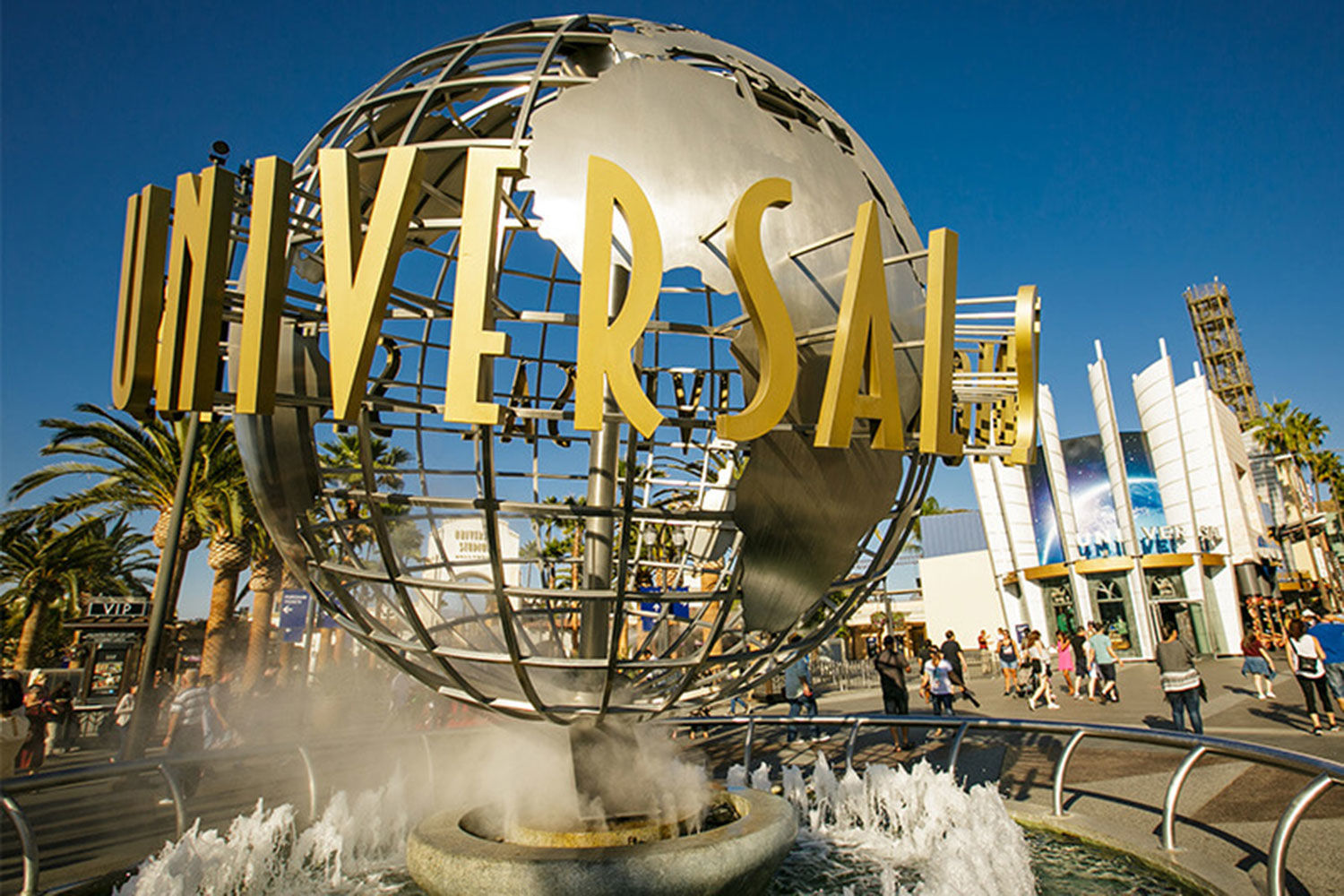
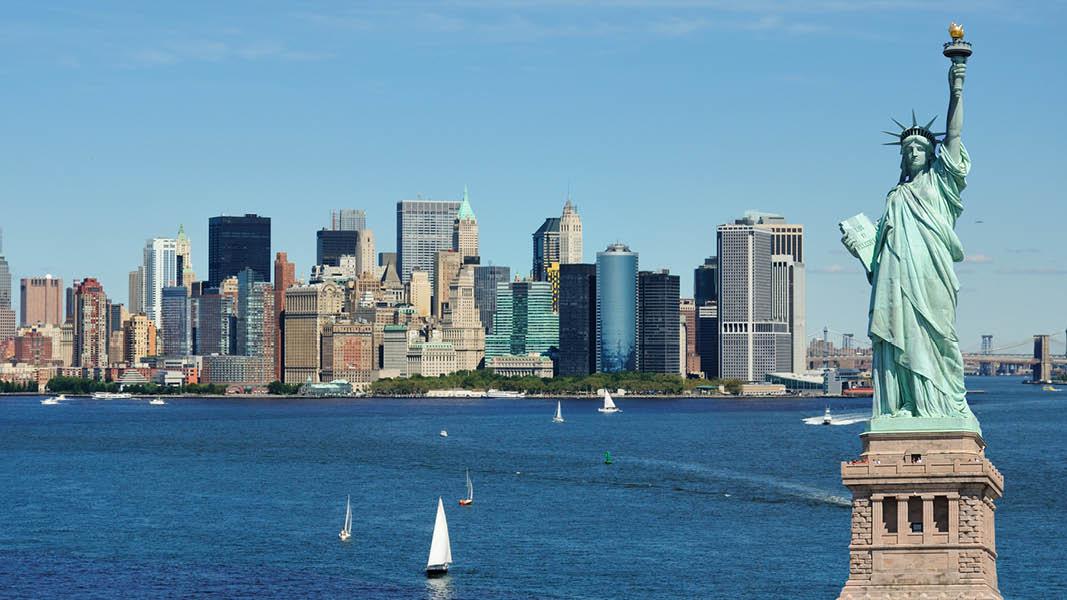

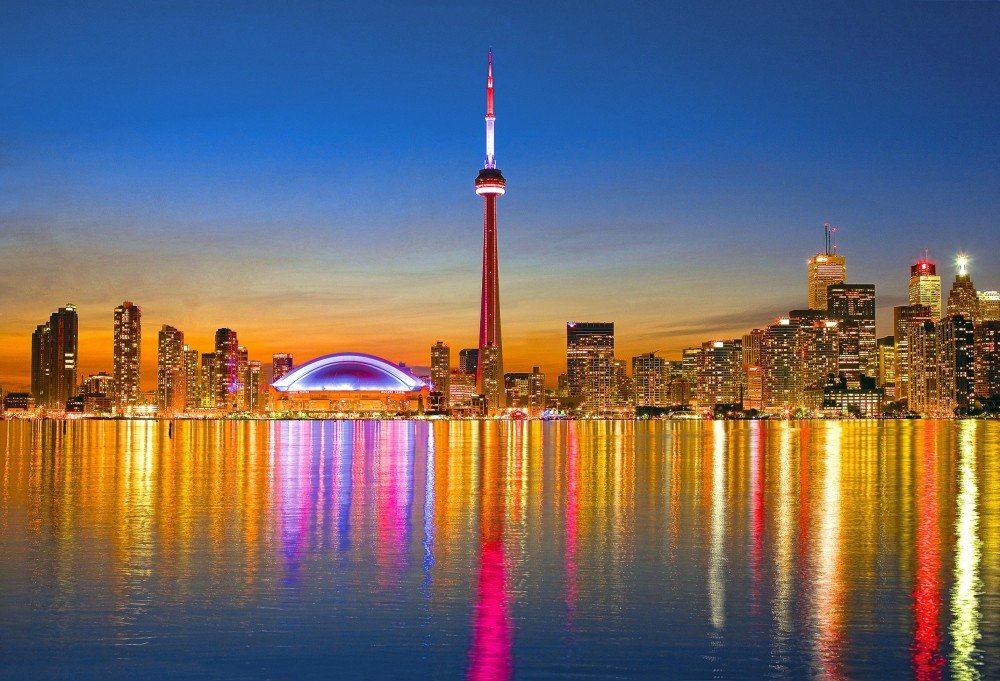
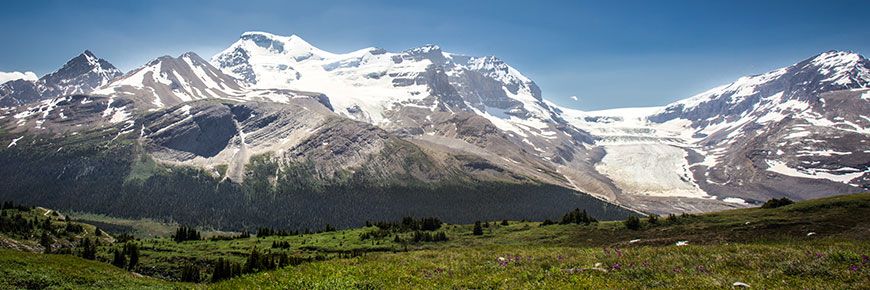
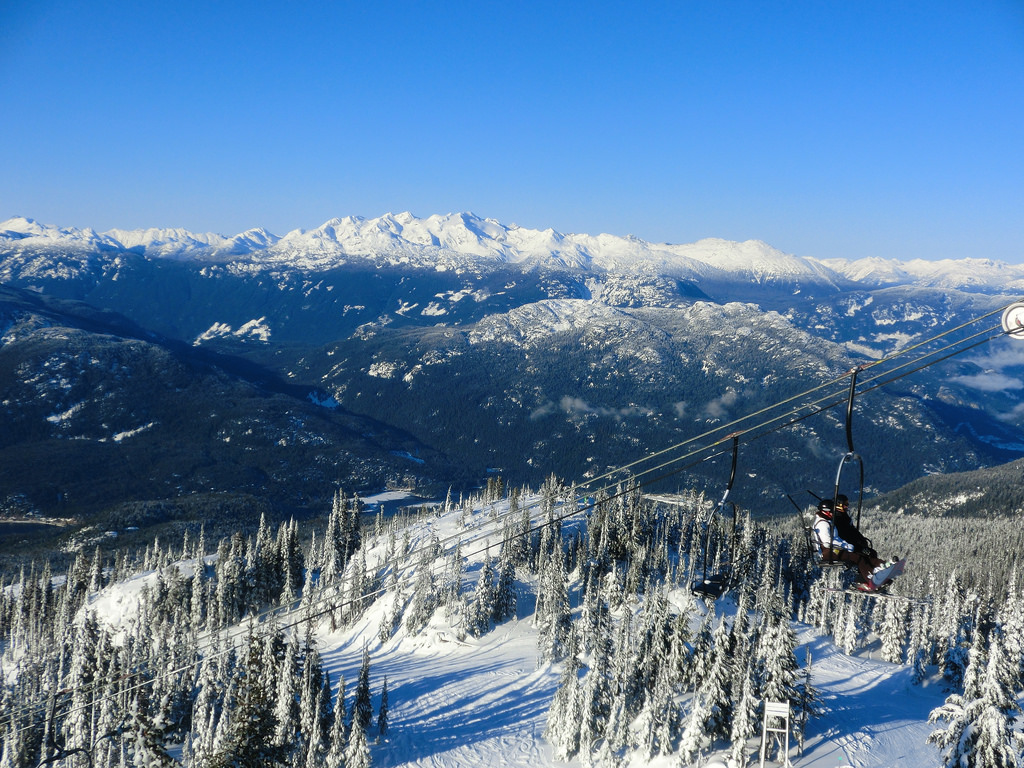
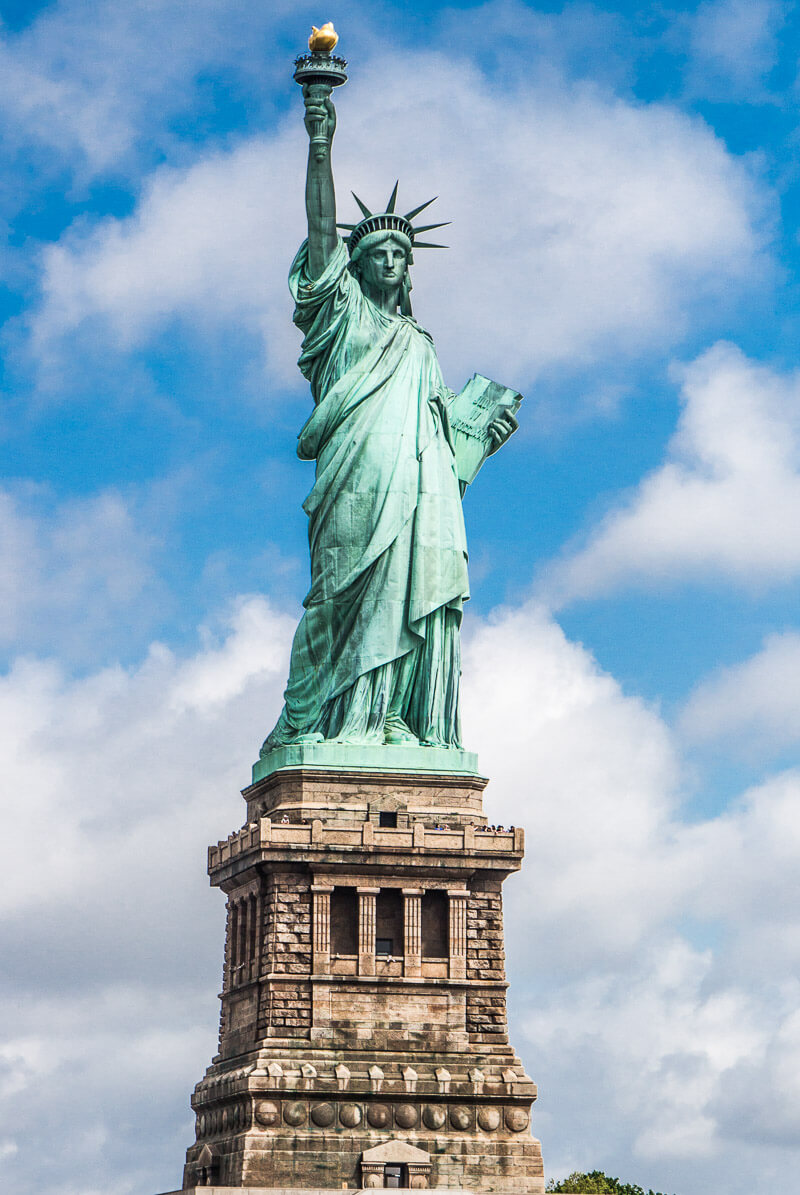
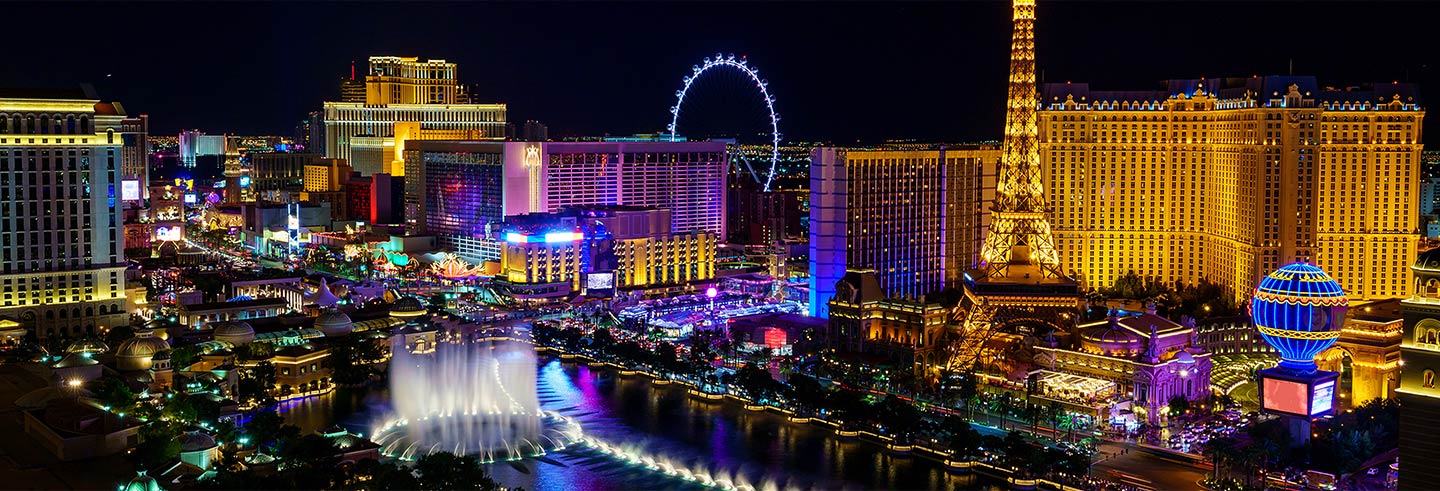
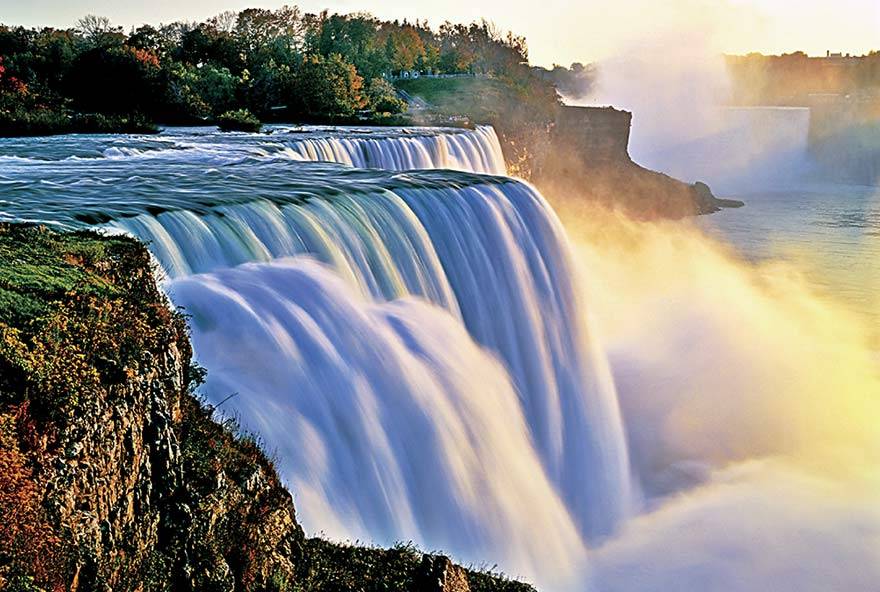
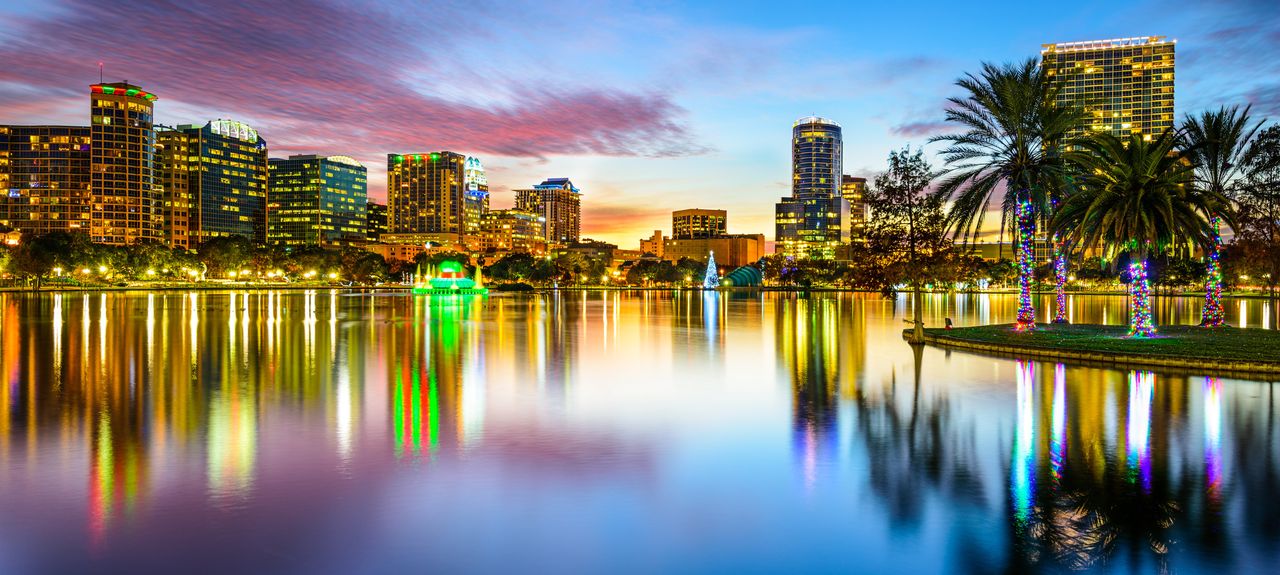
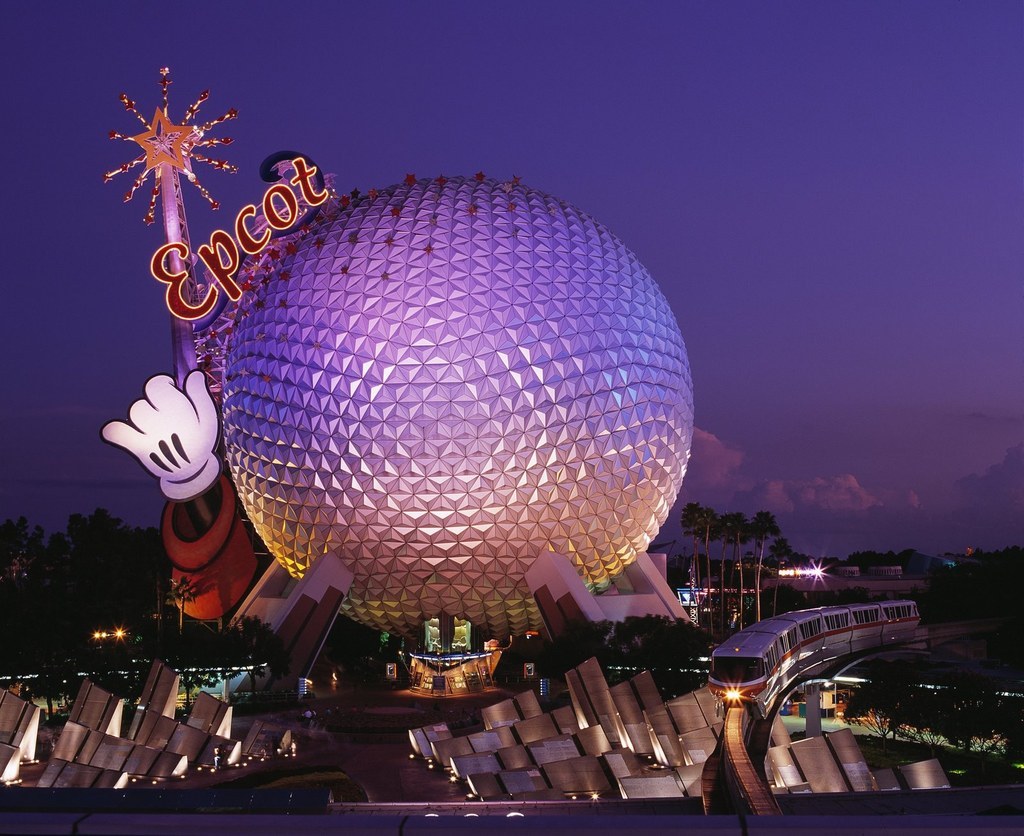
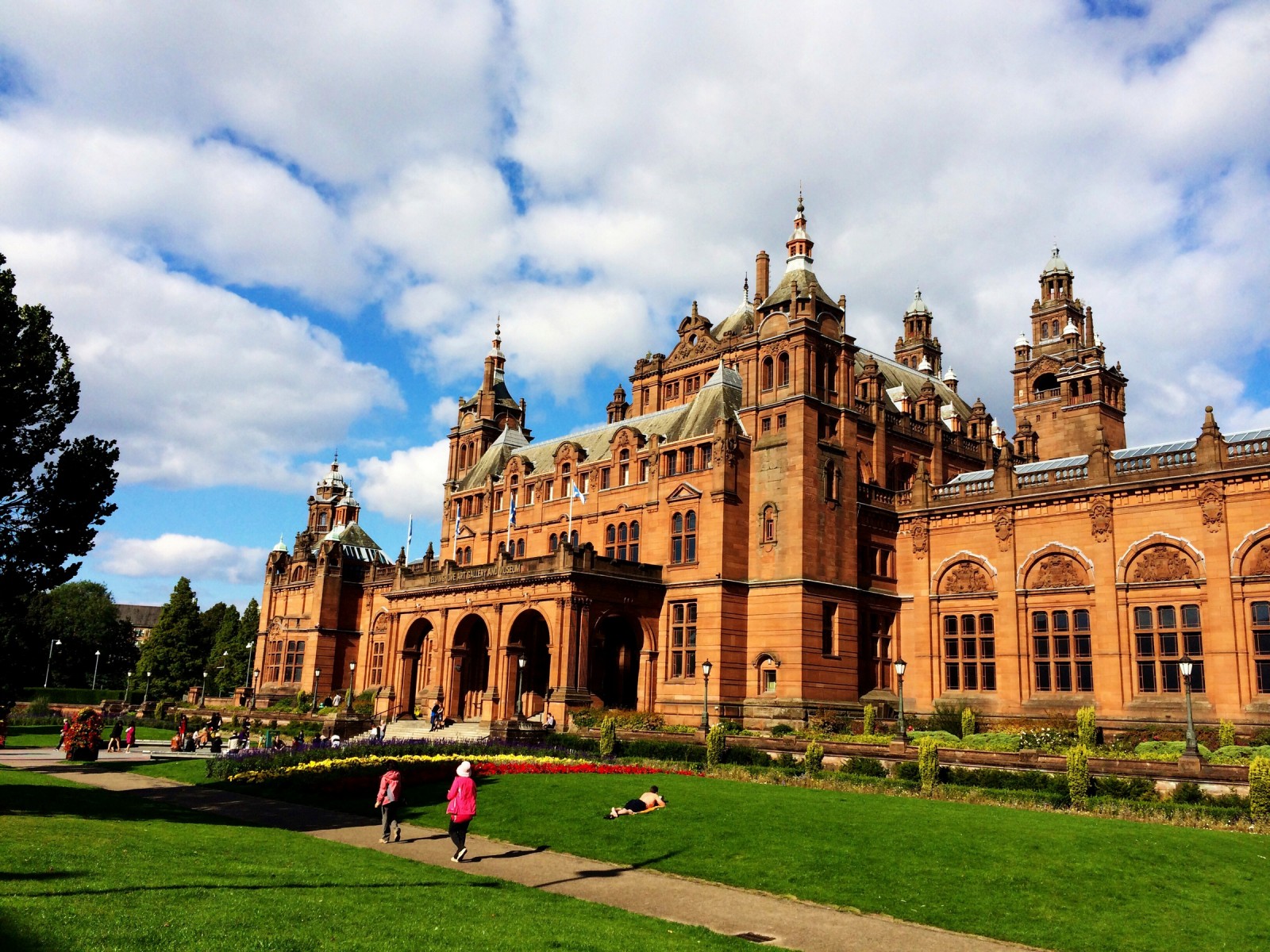
Payment Policy
Cancellation Policy
Refund Policy